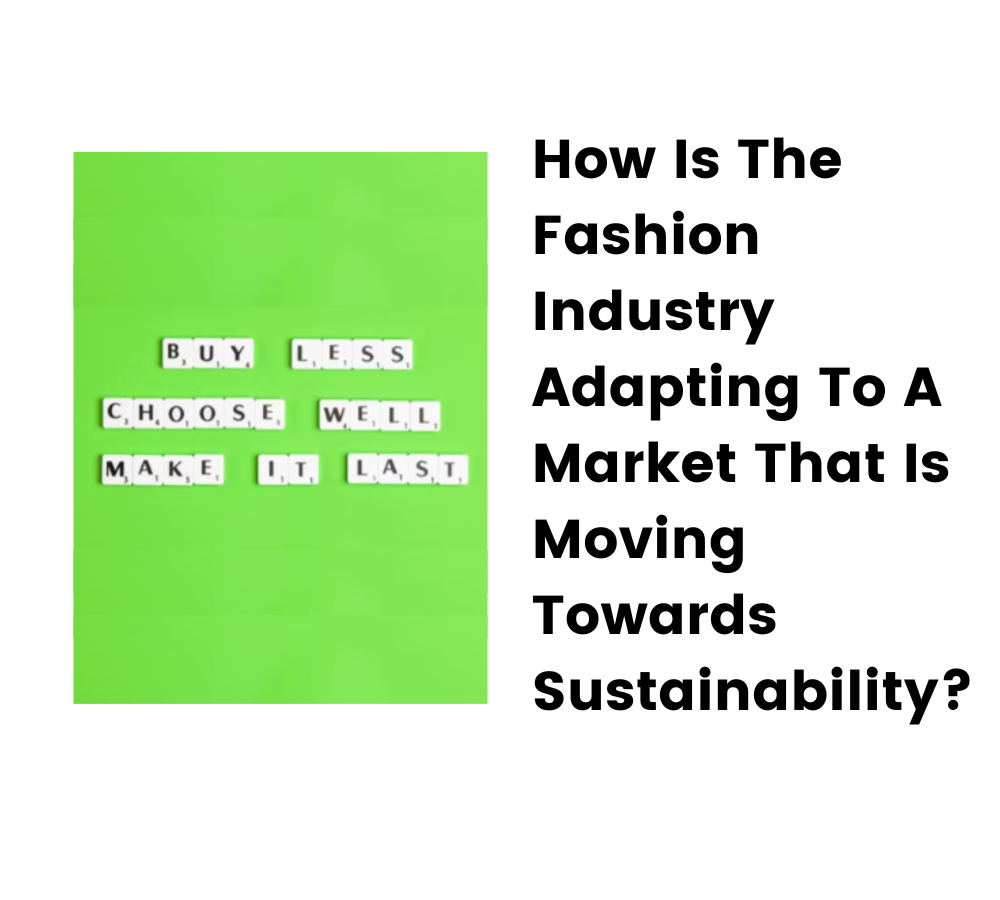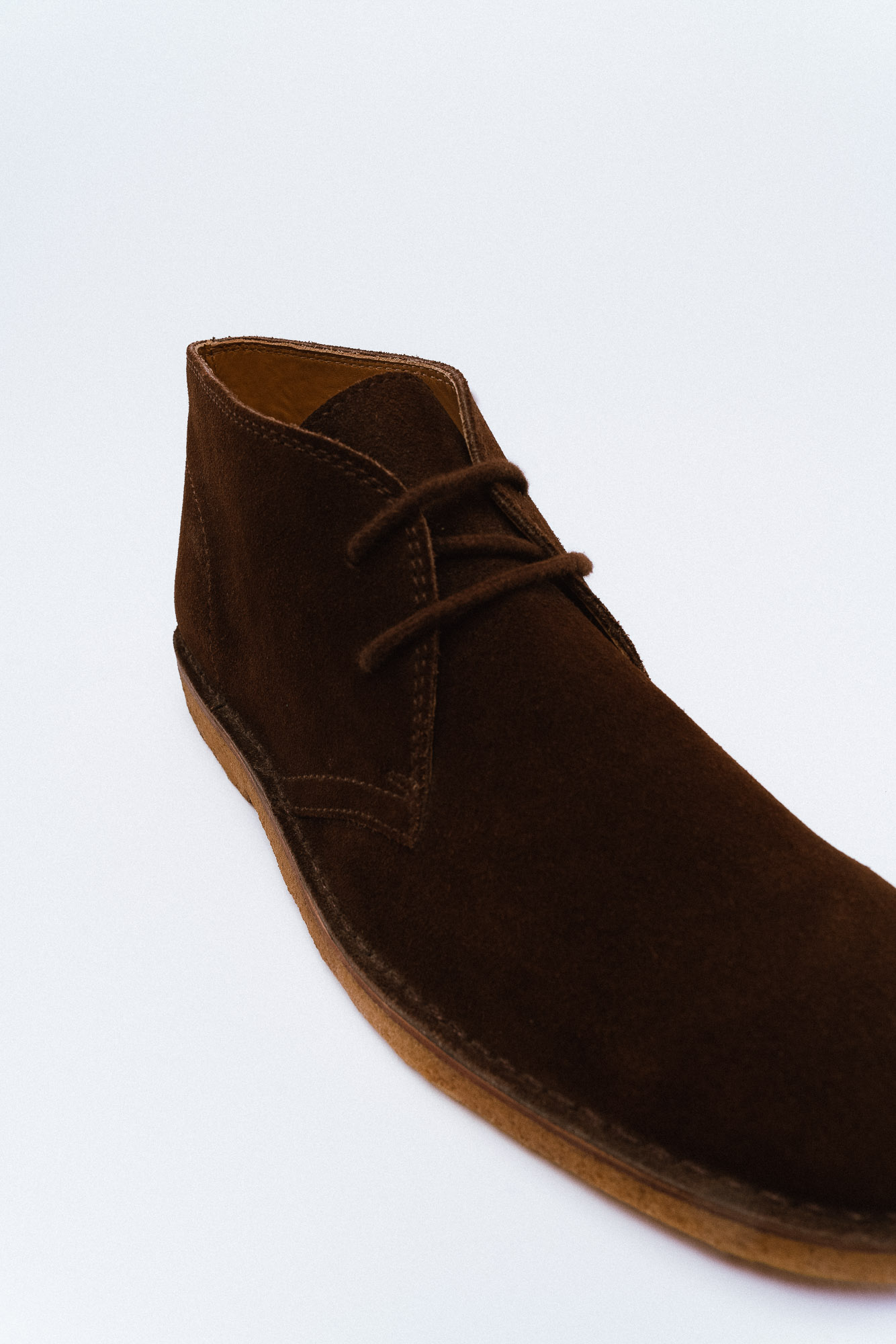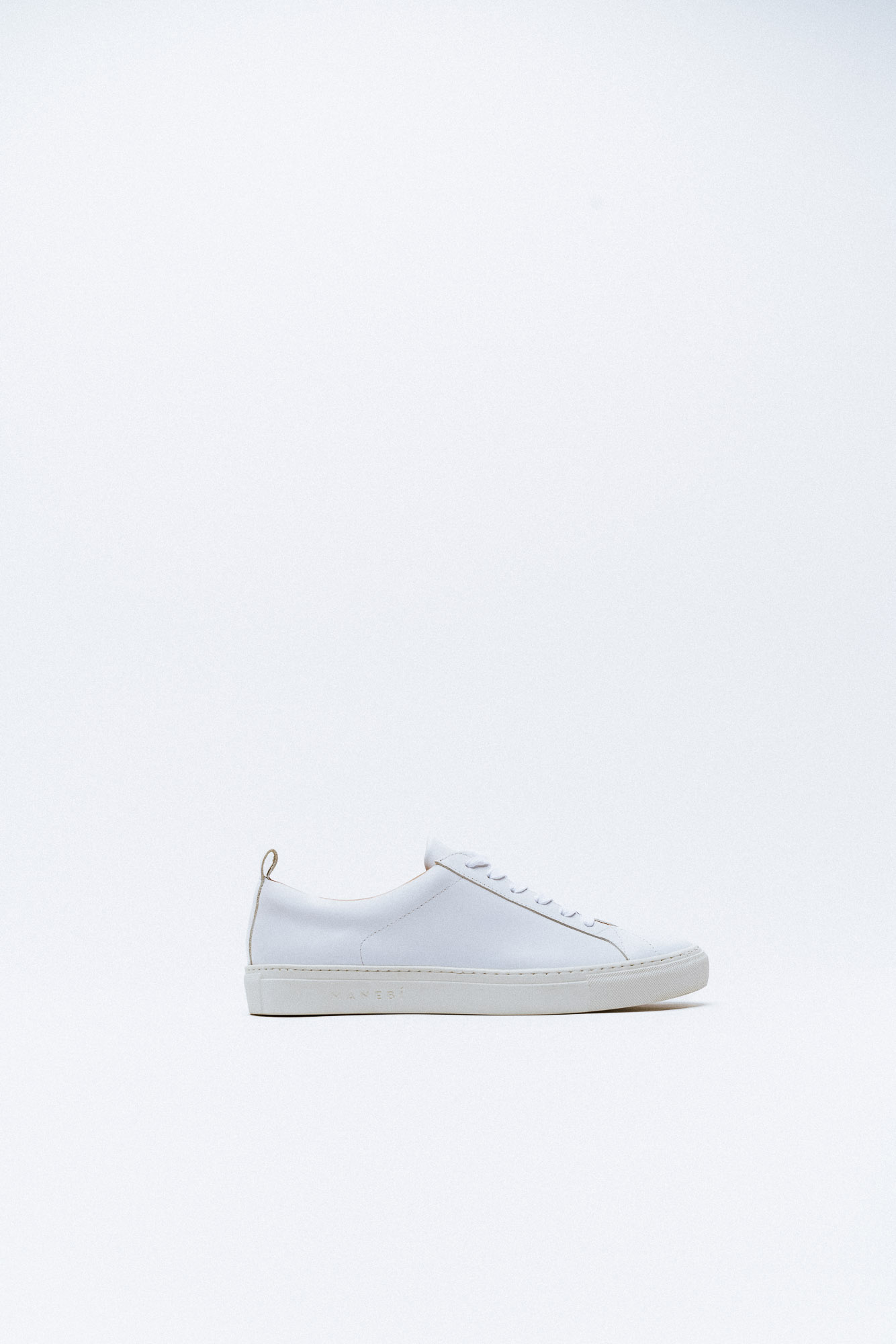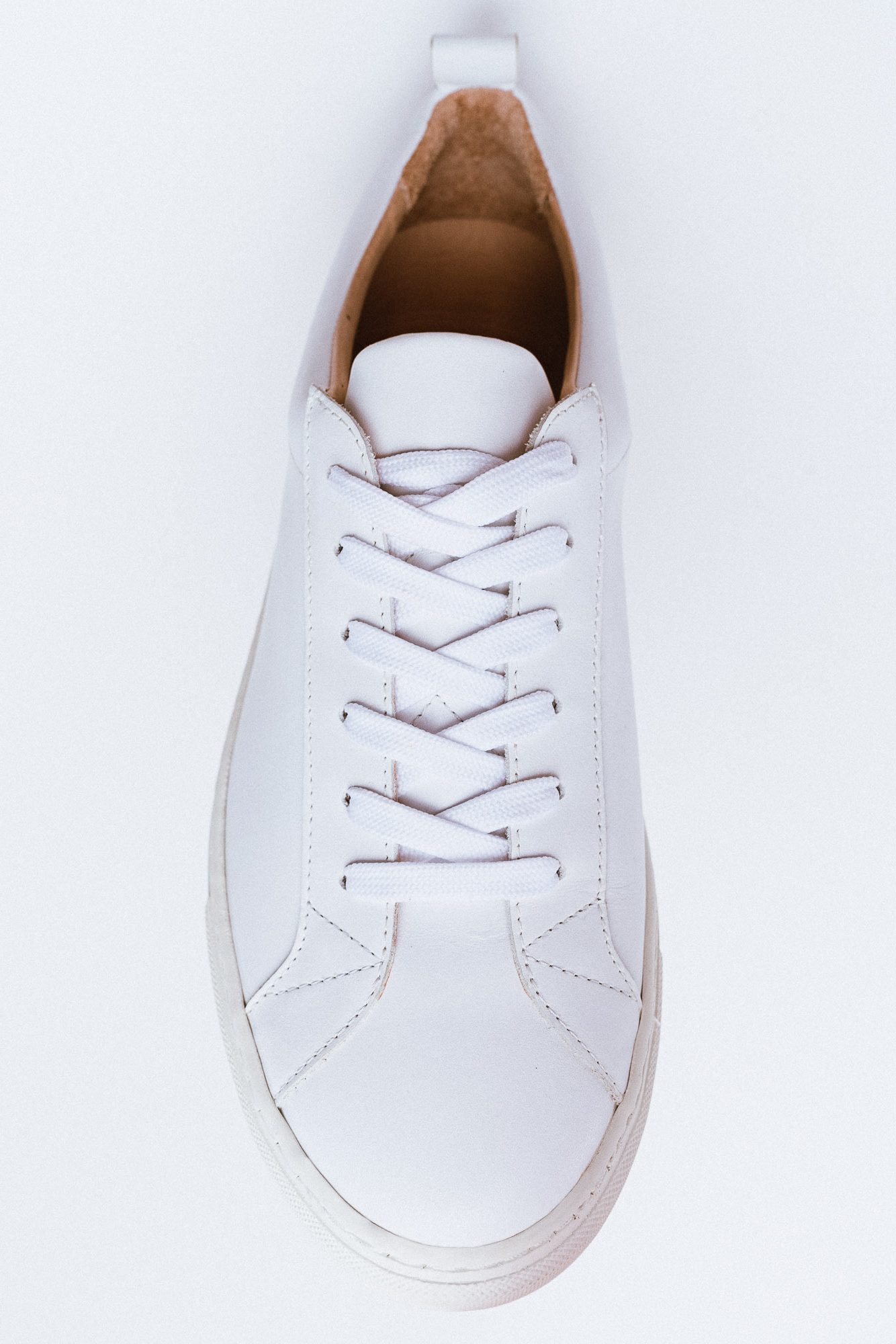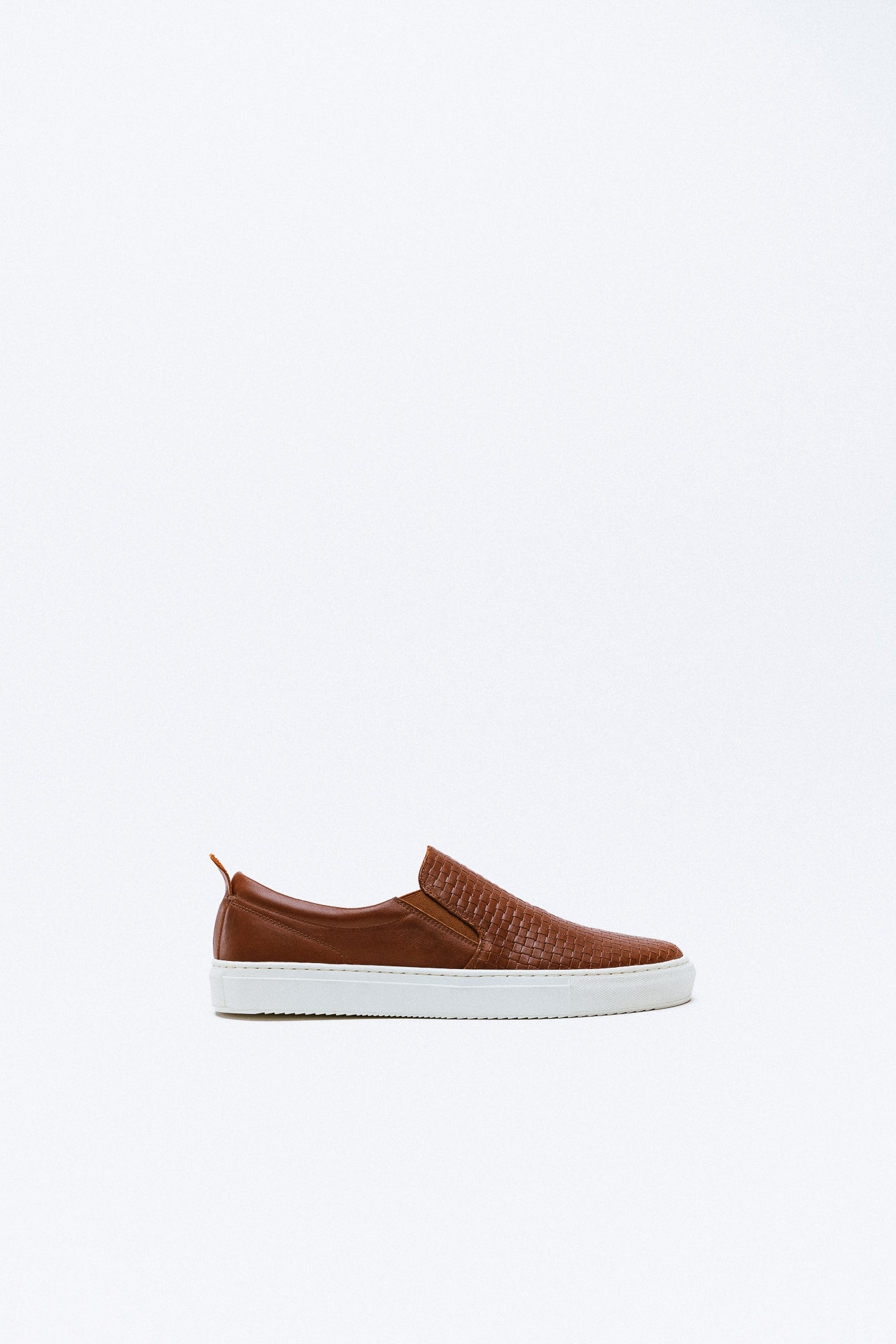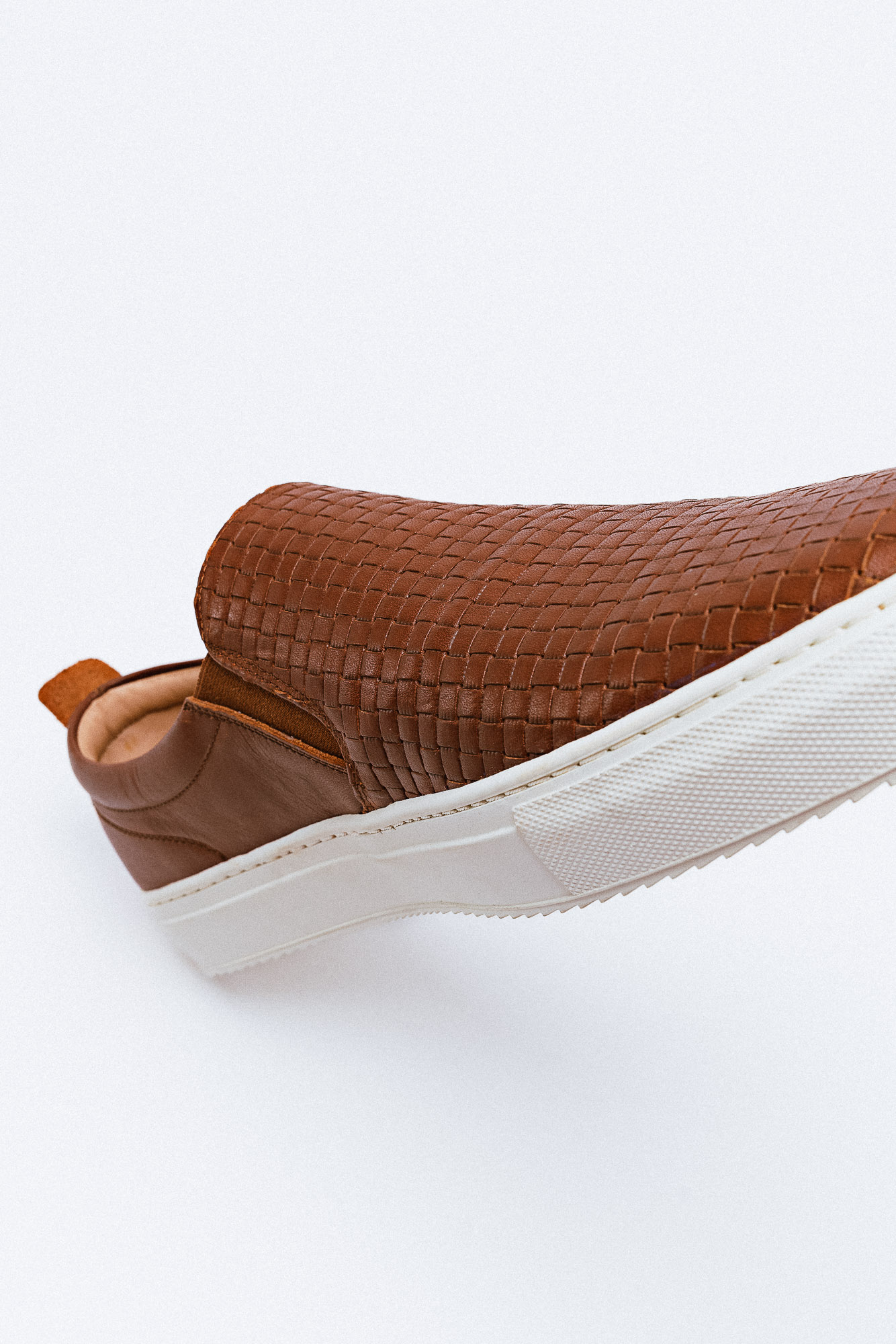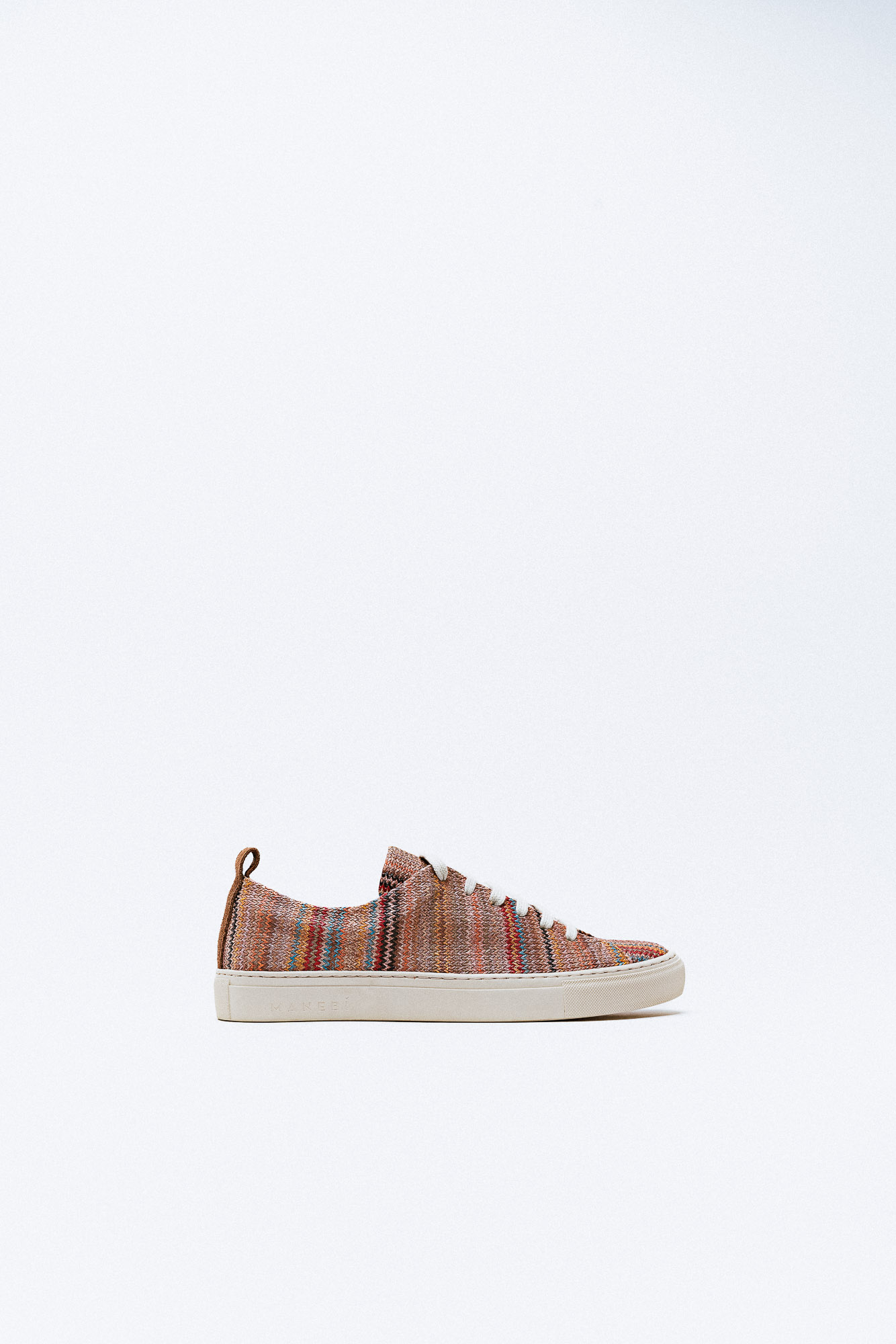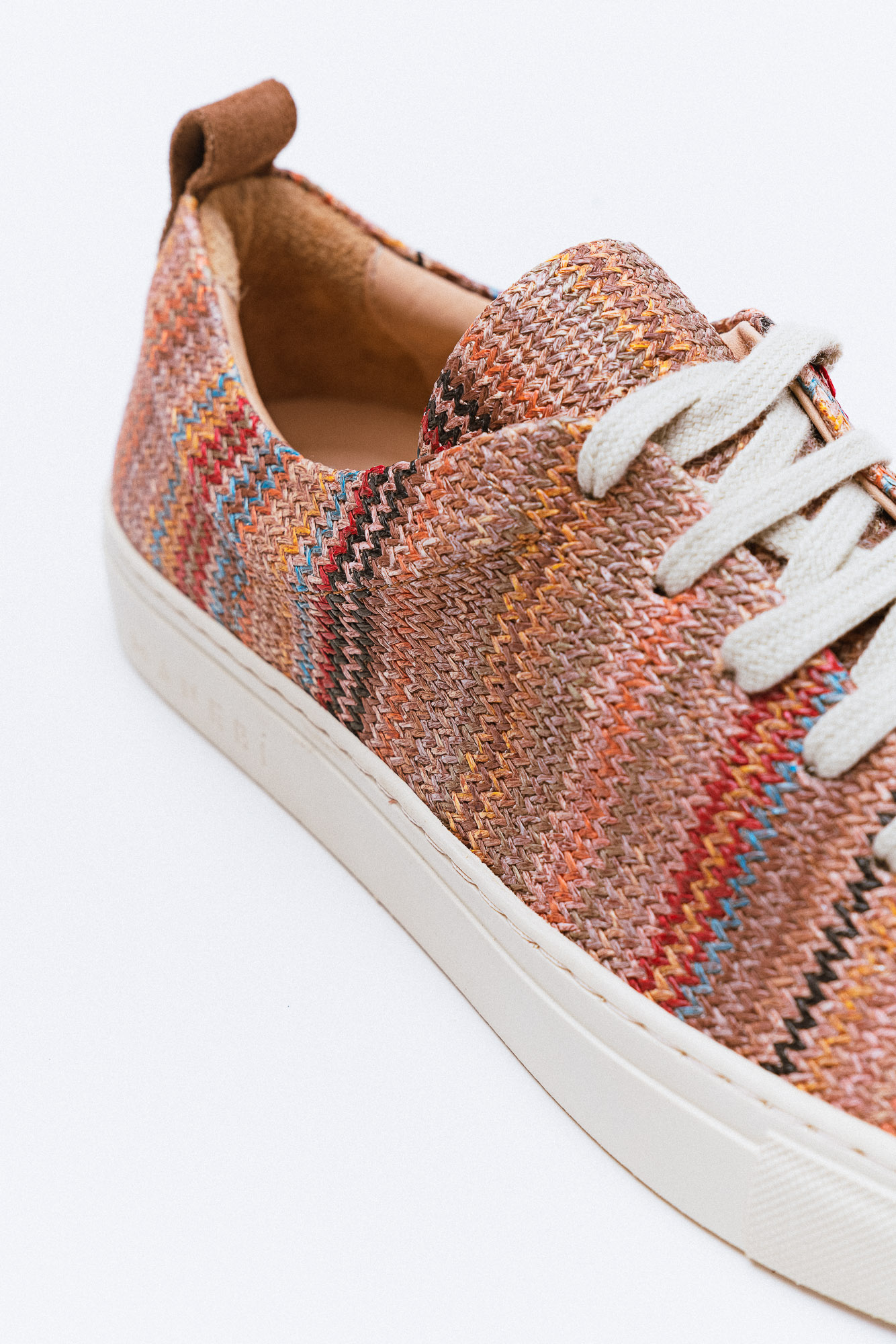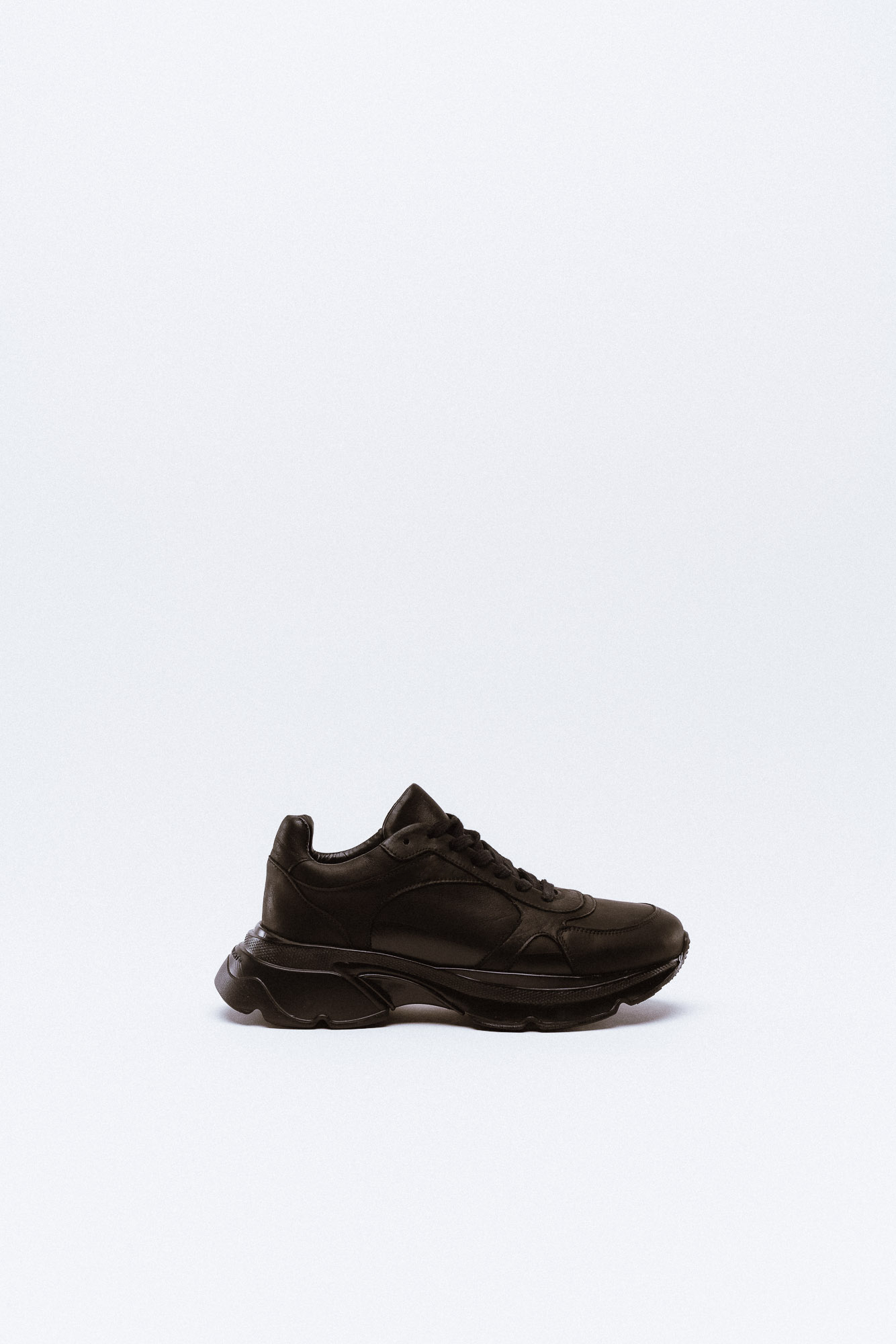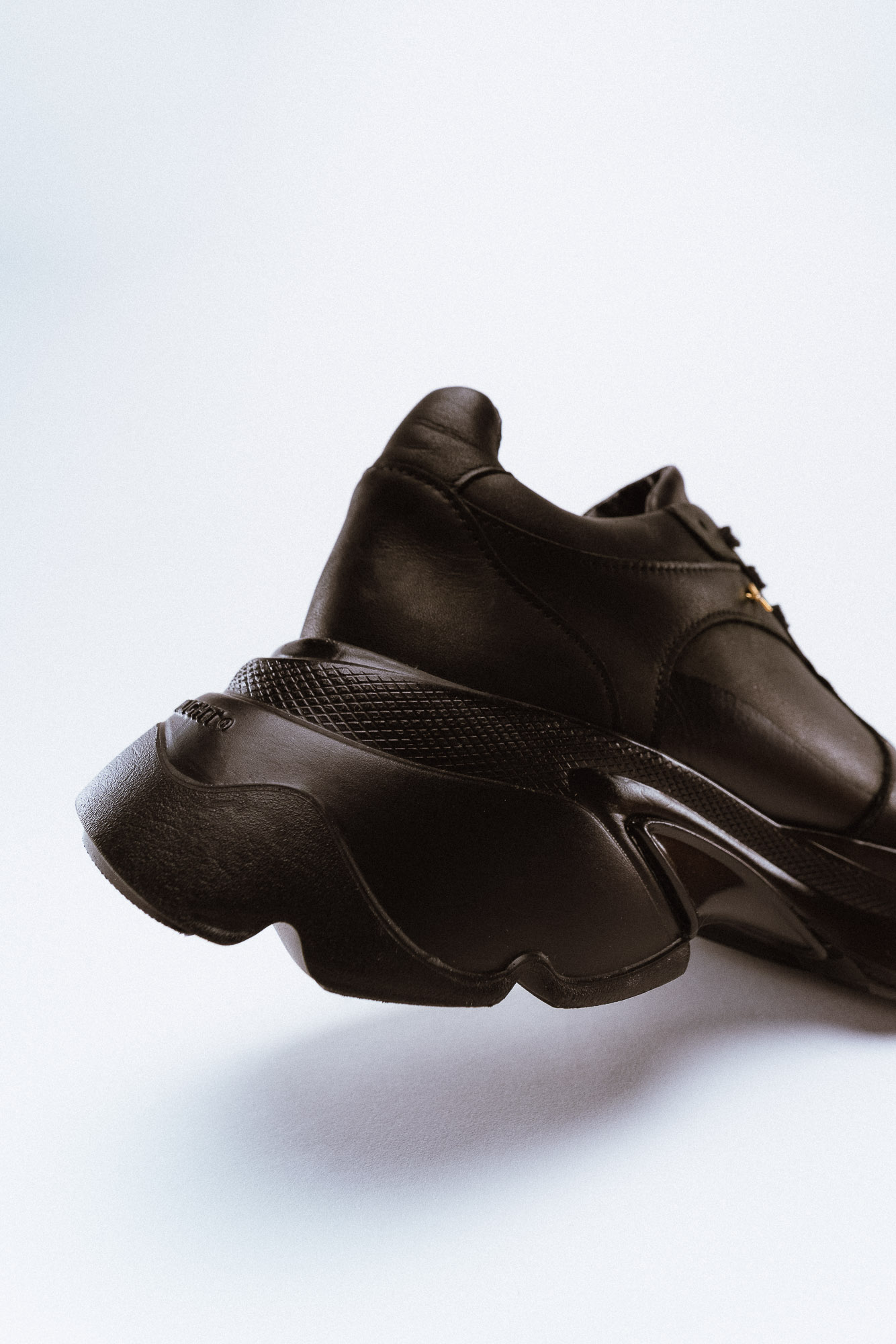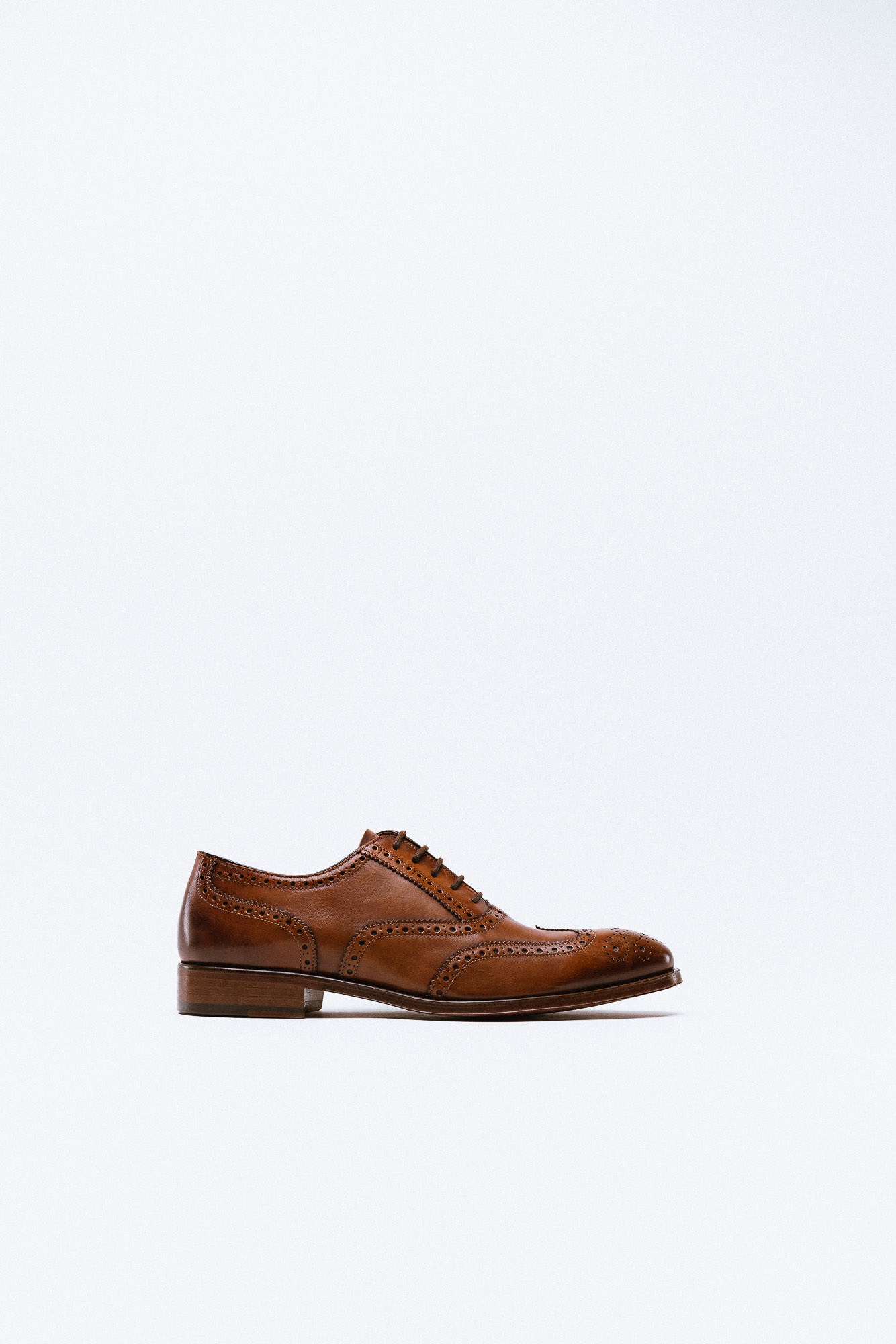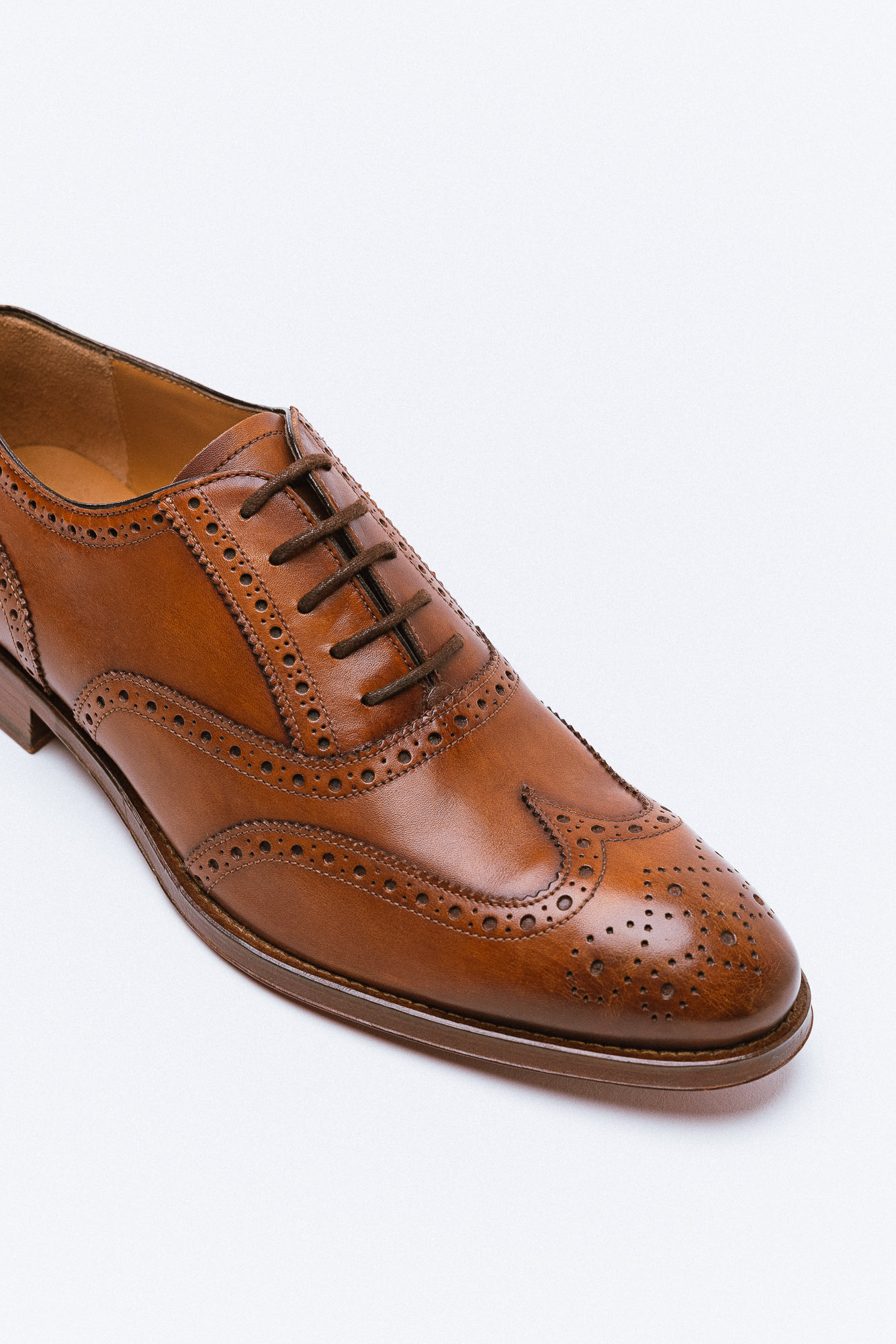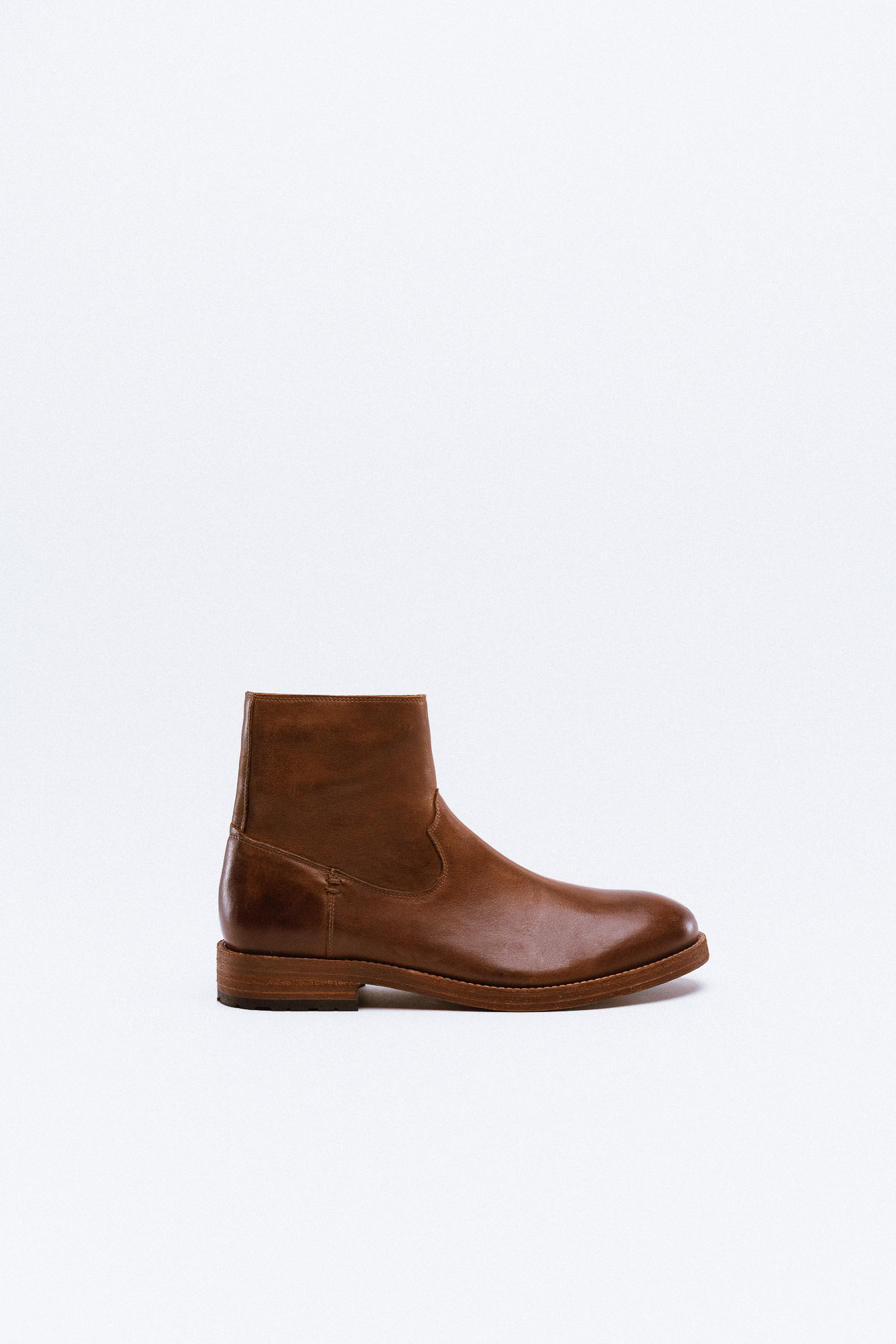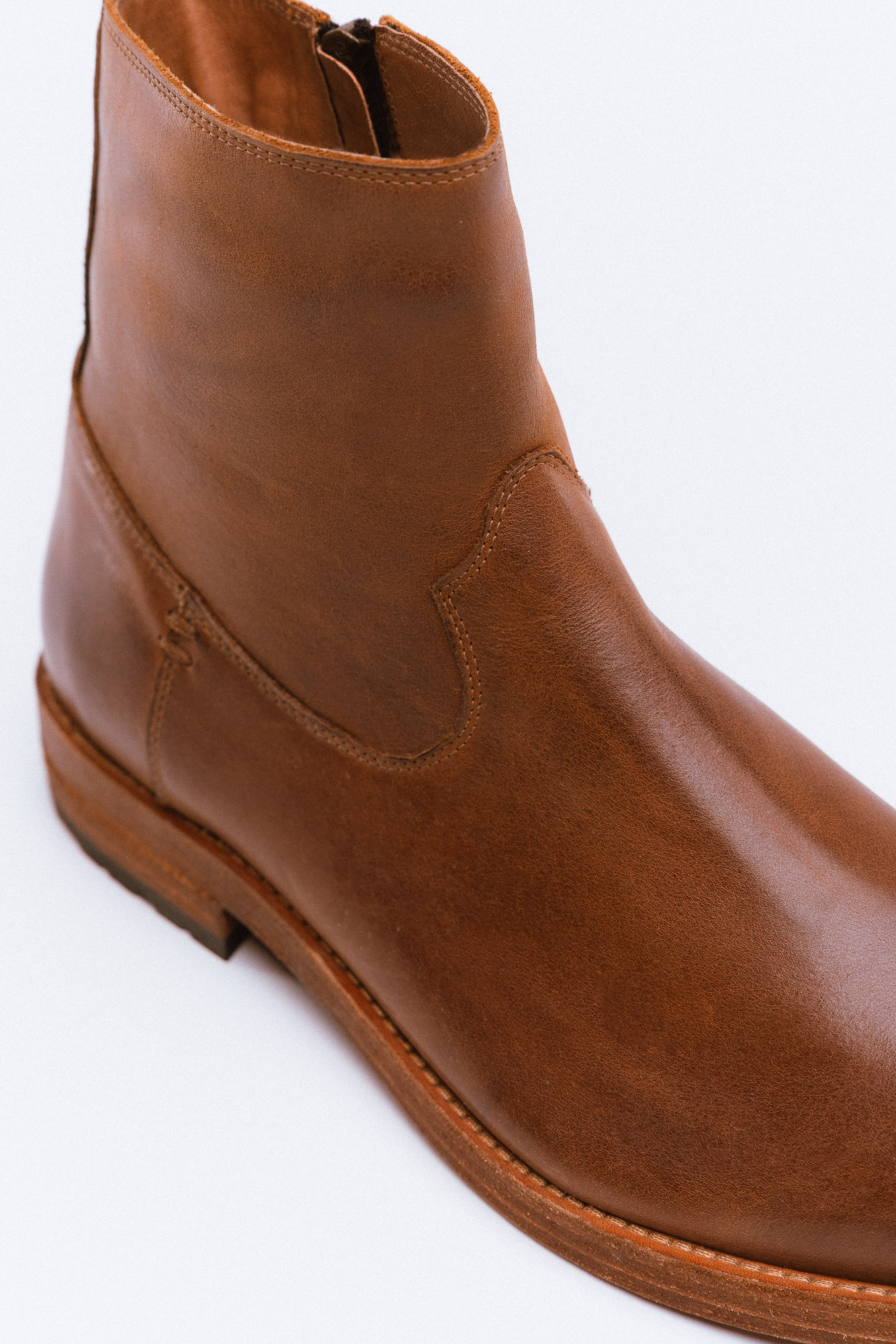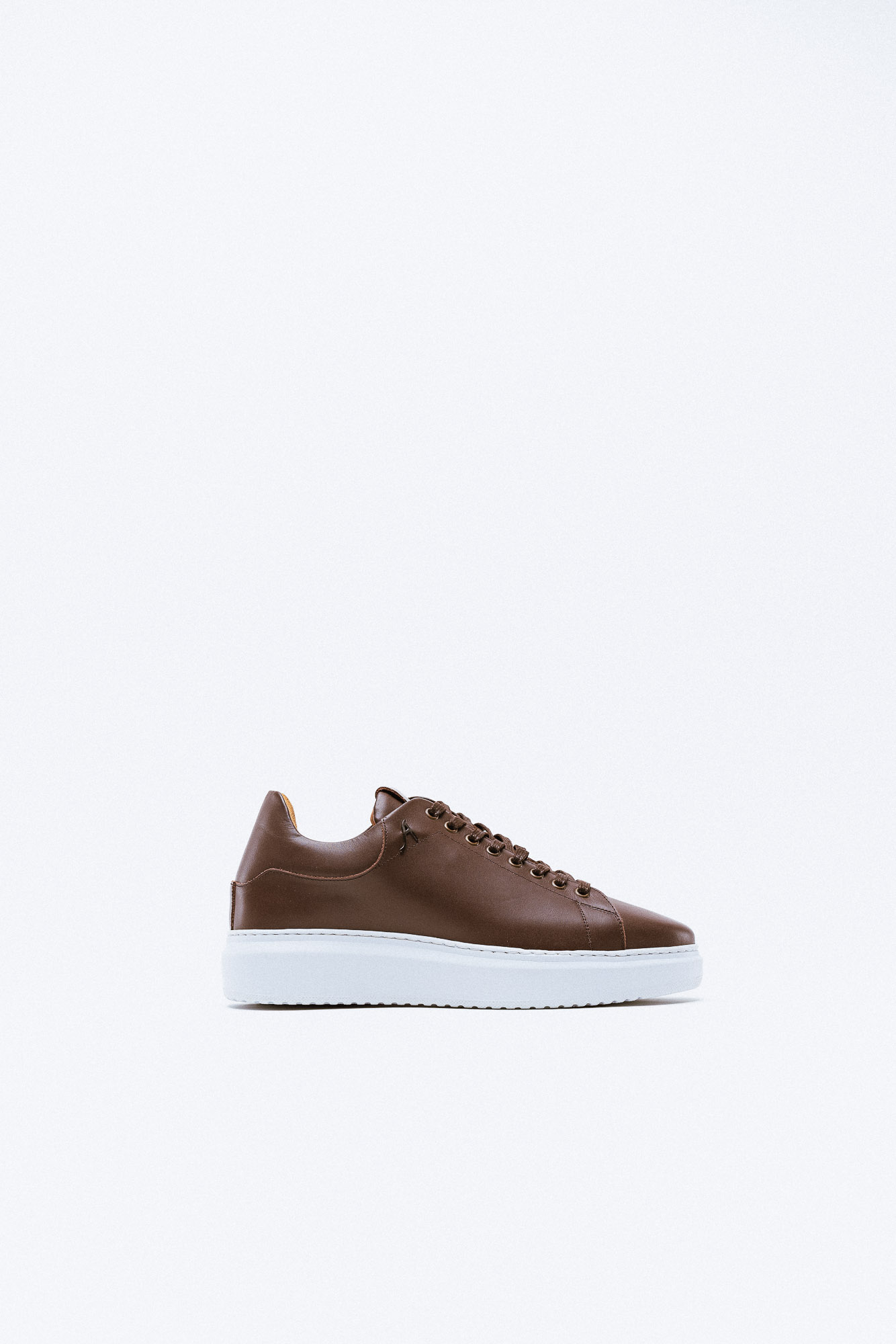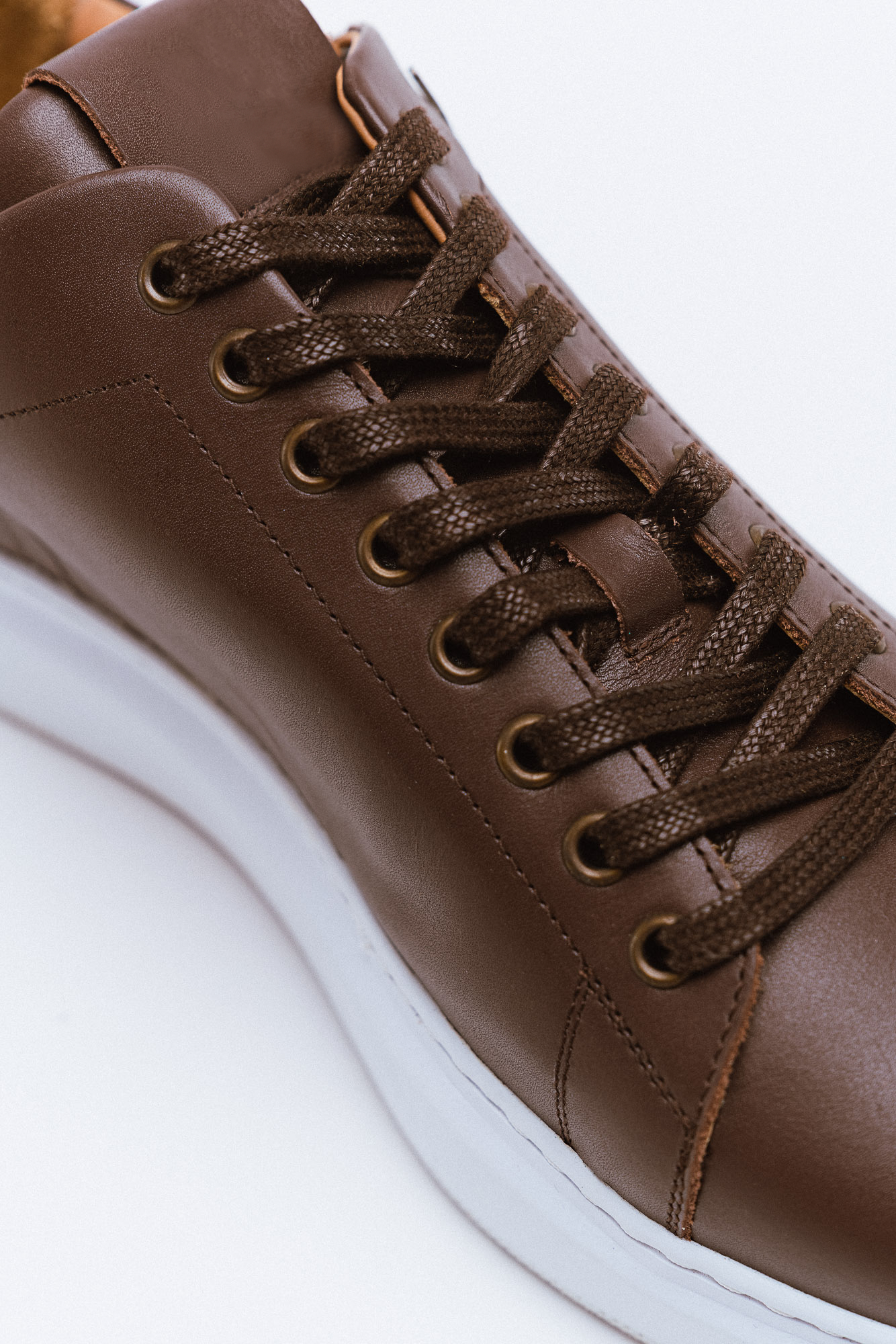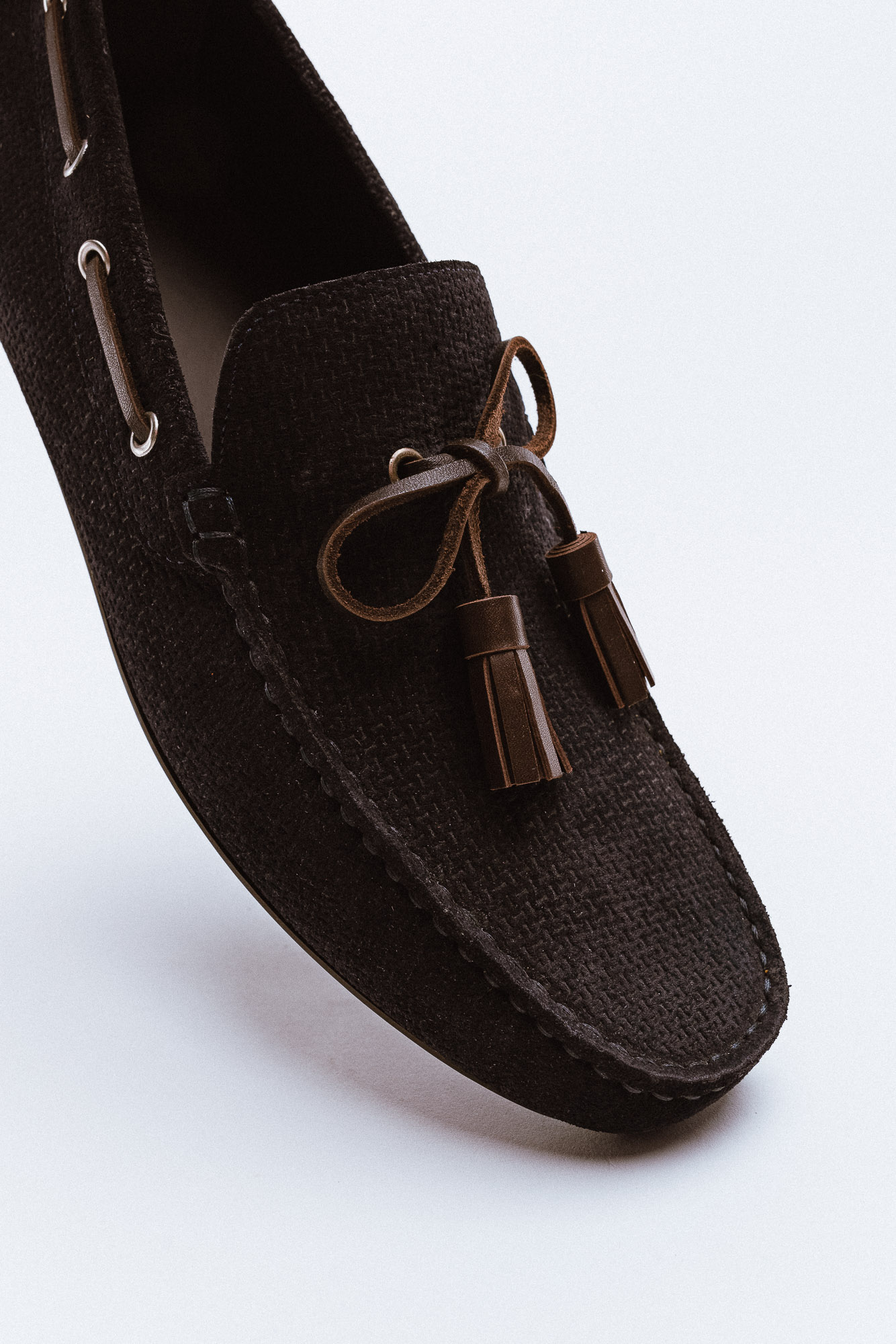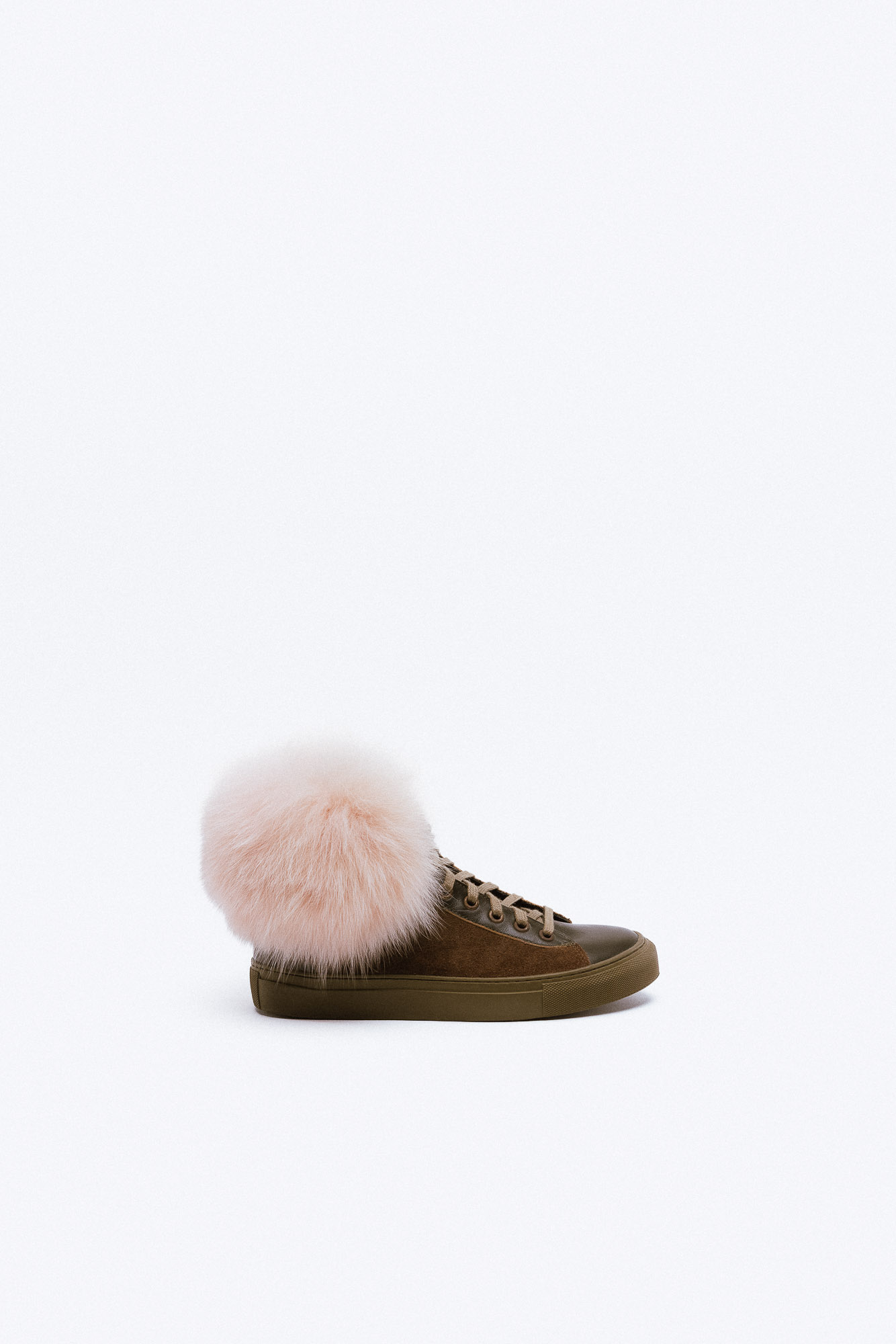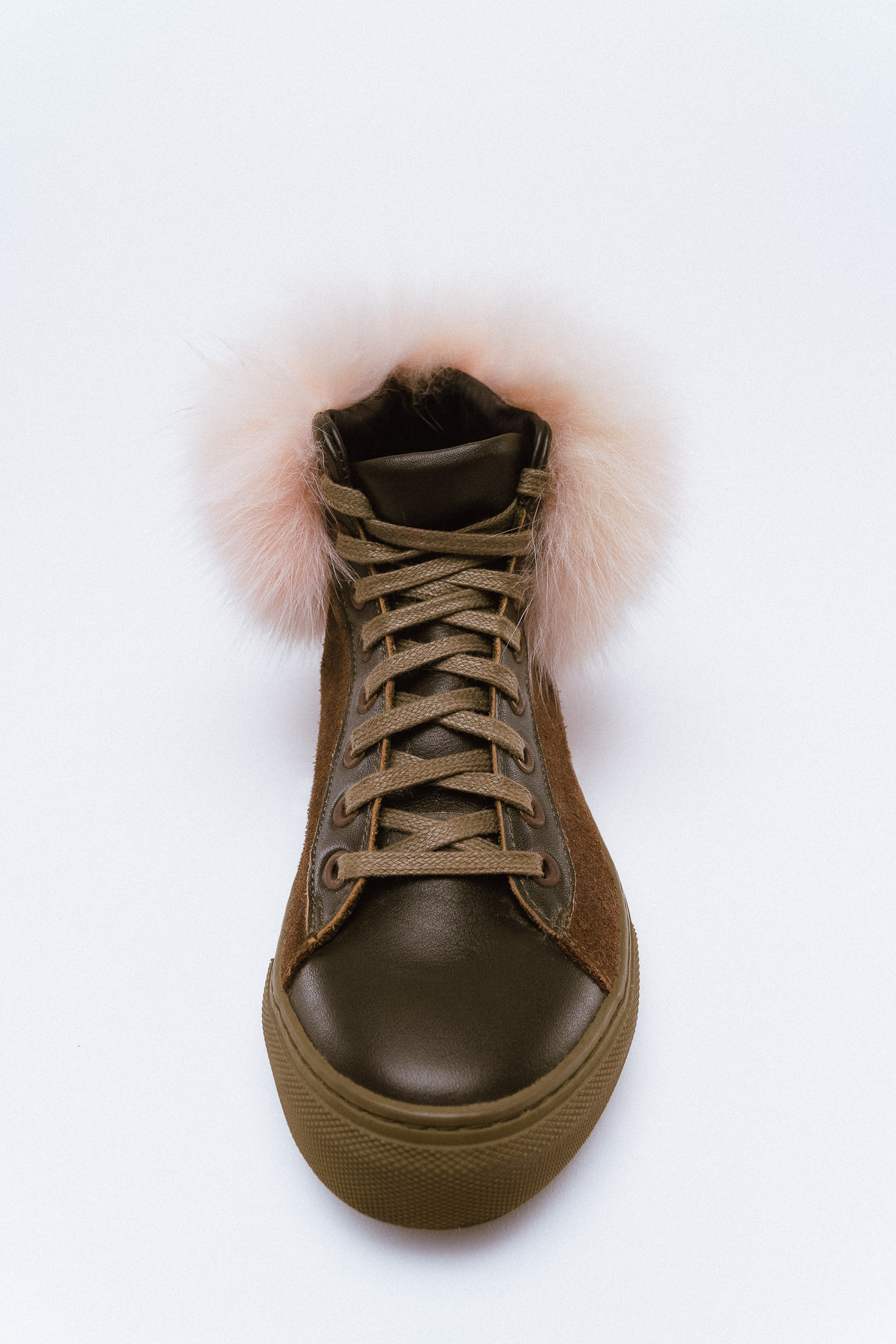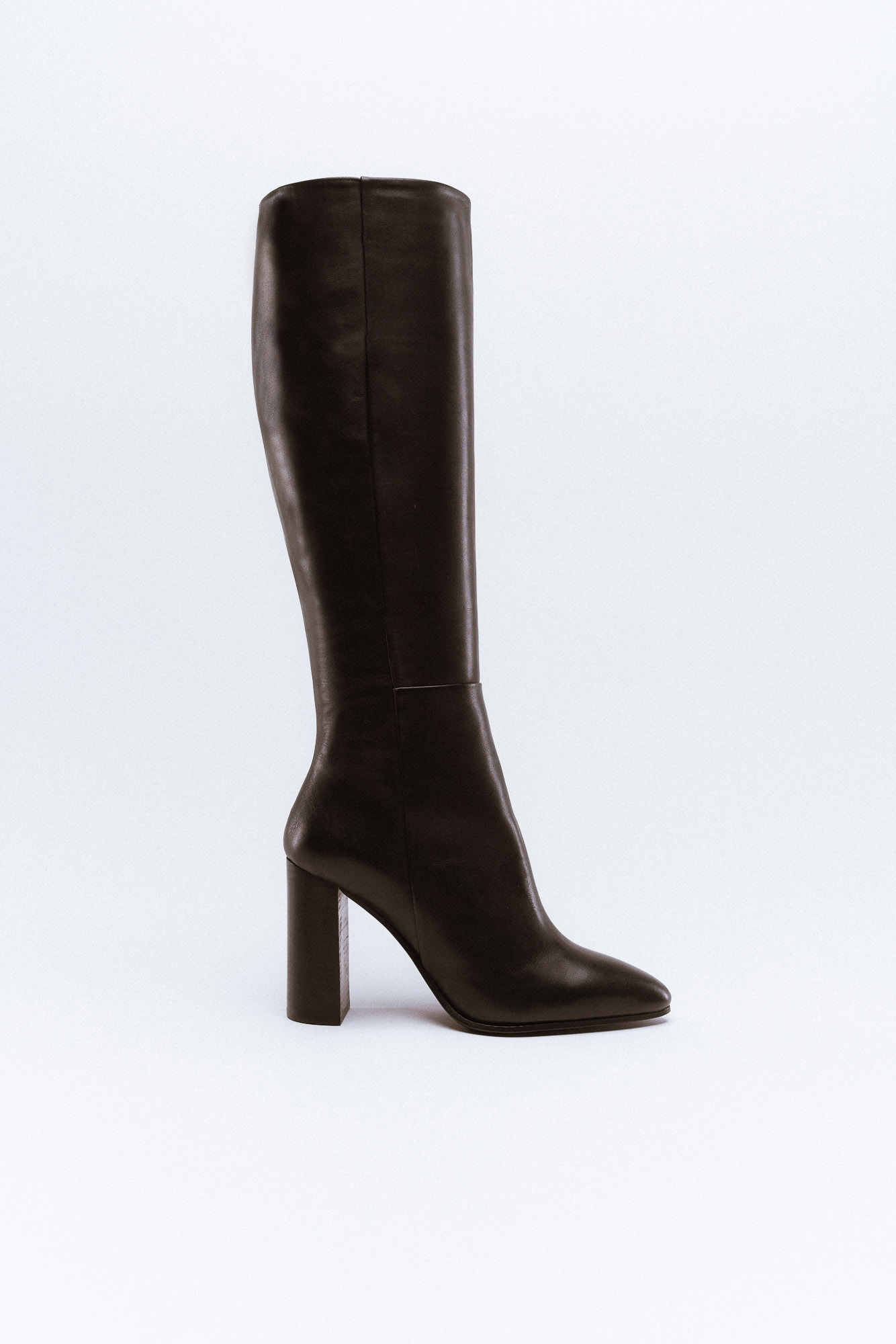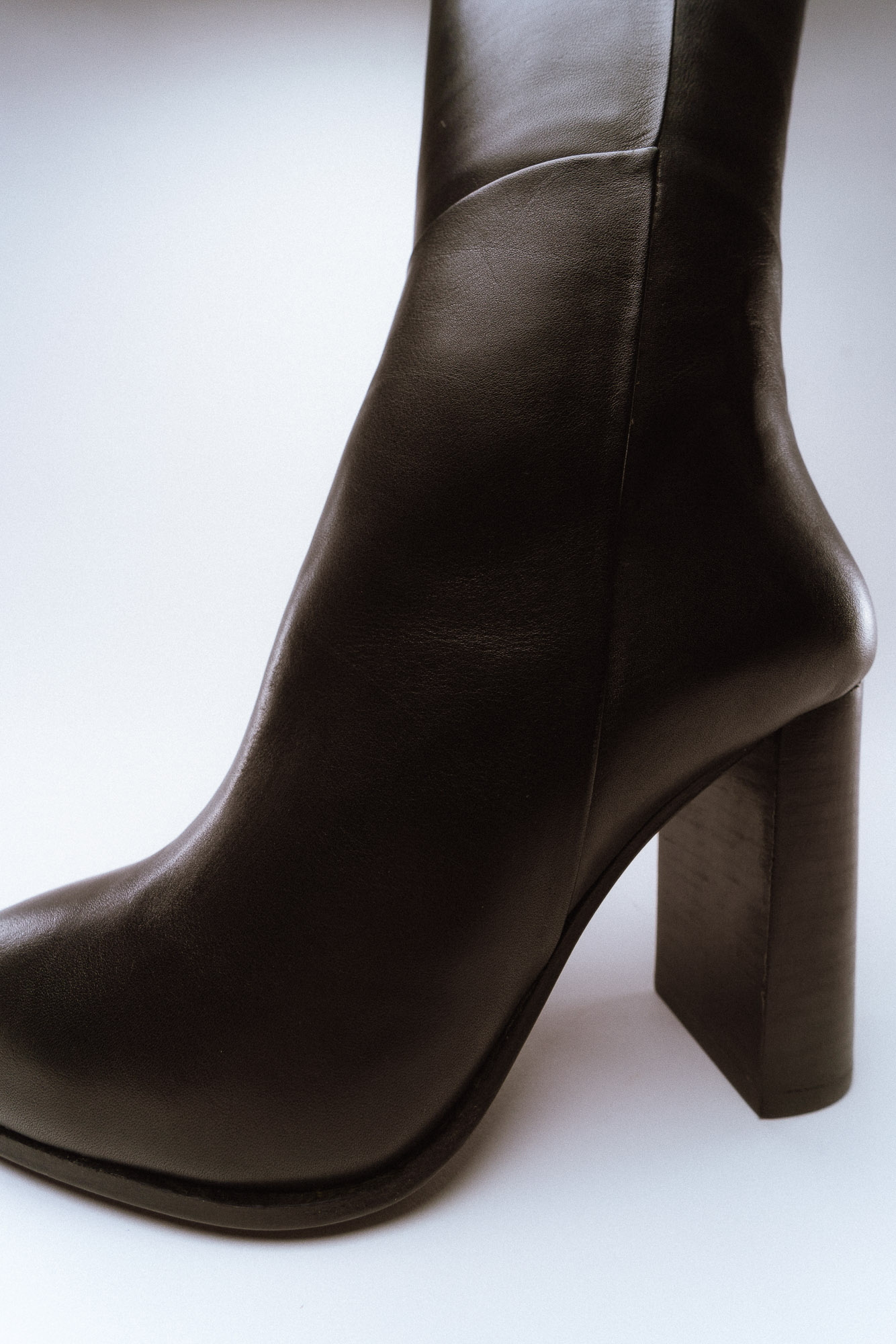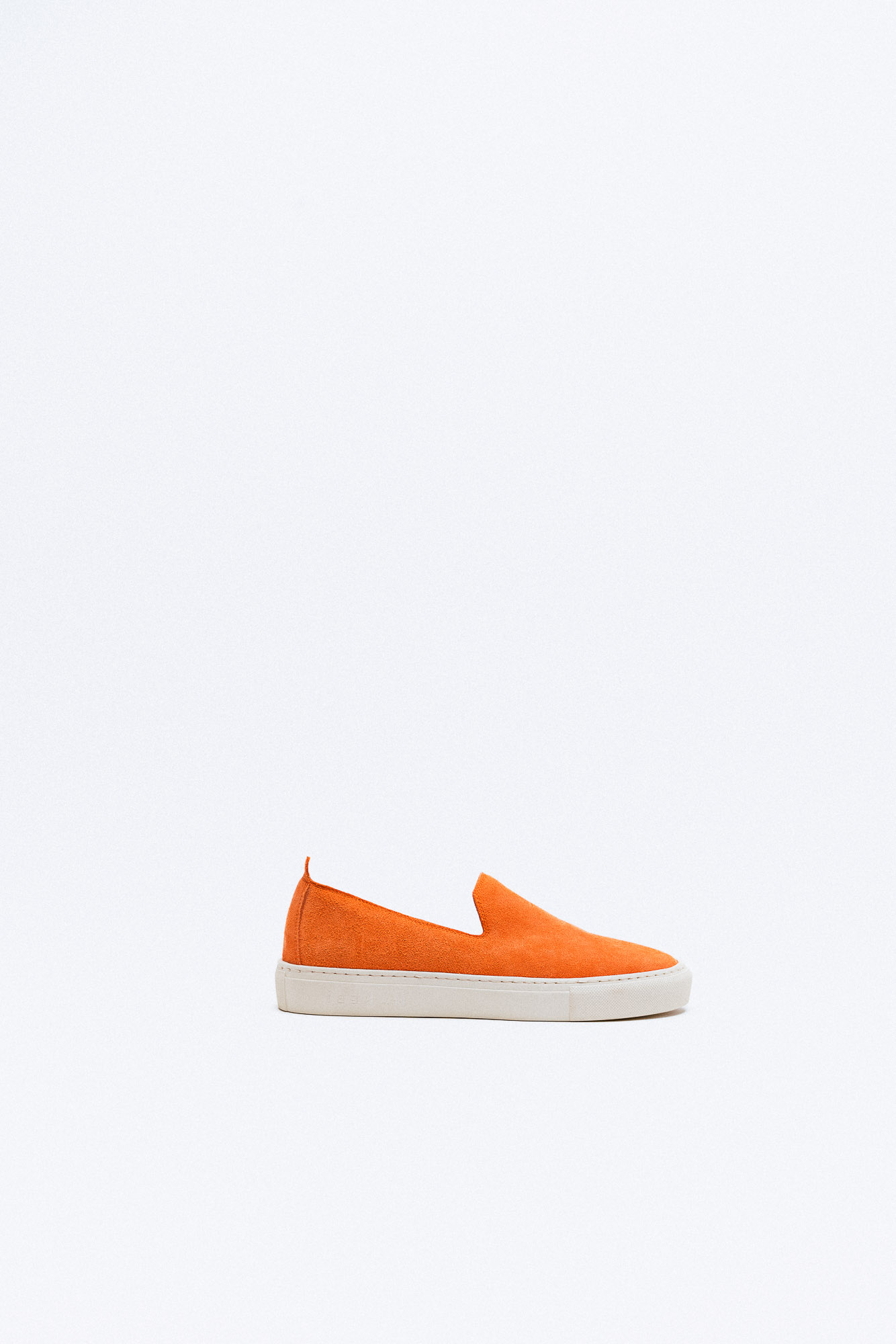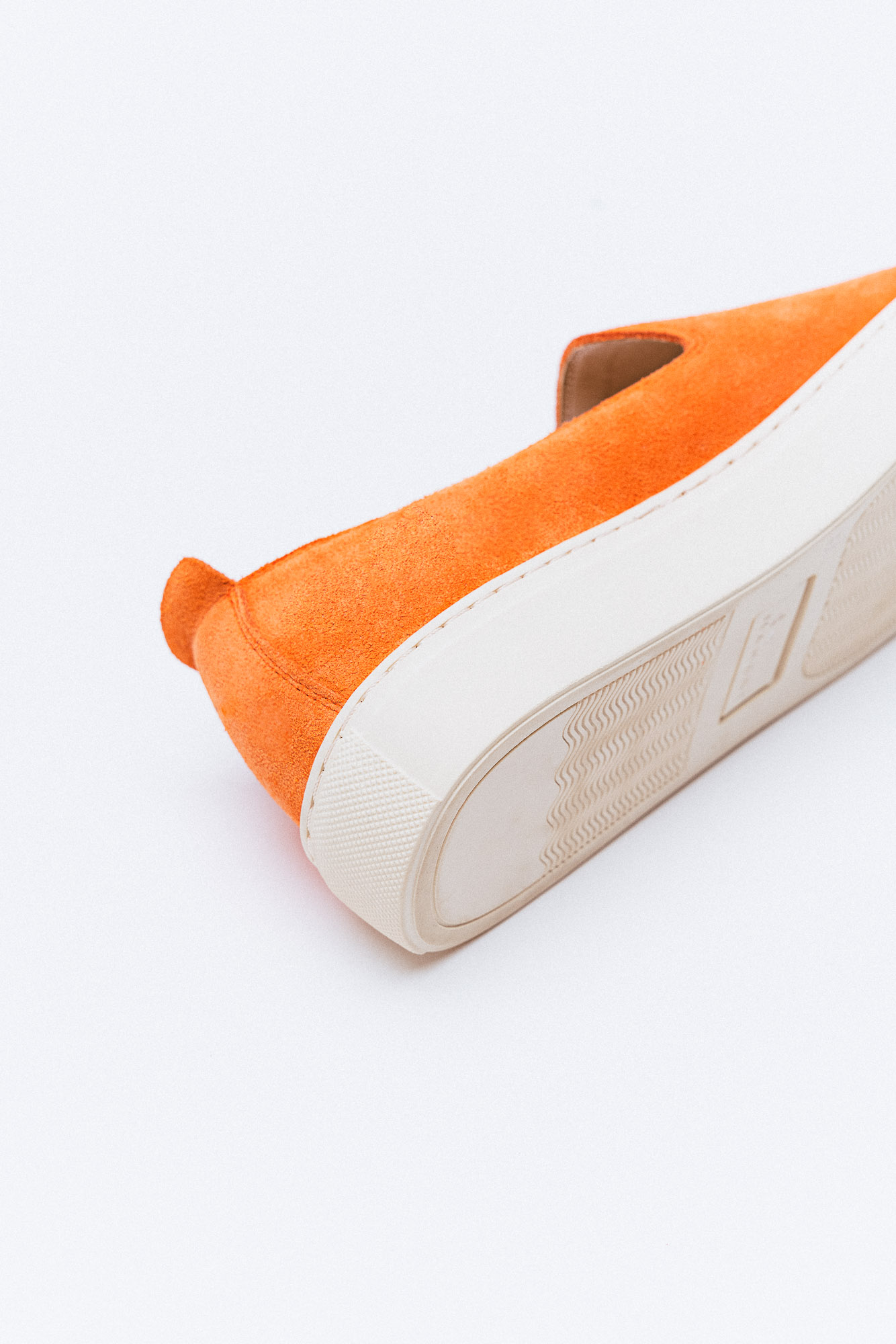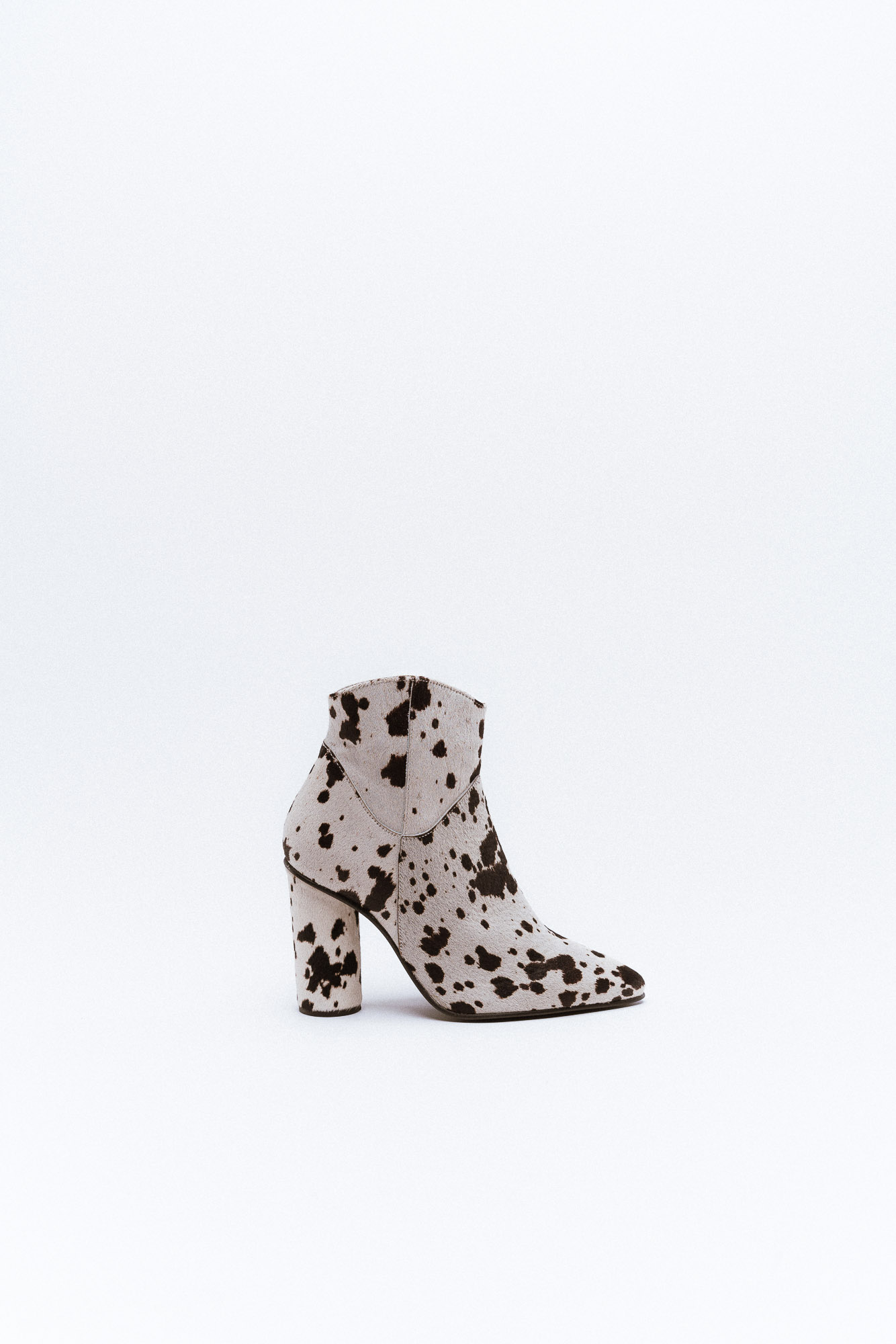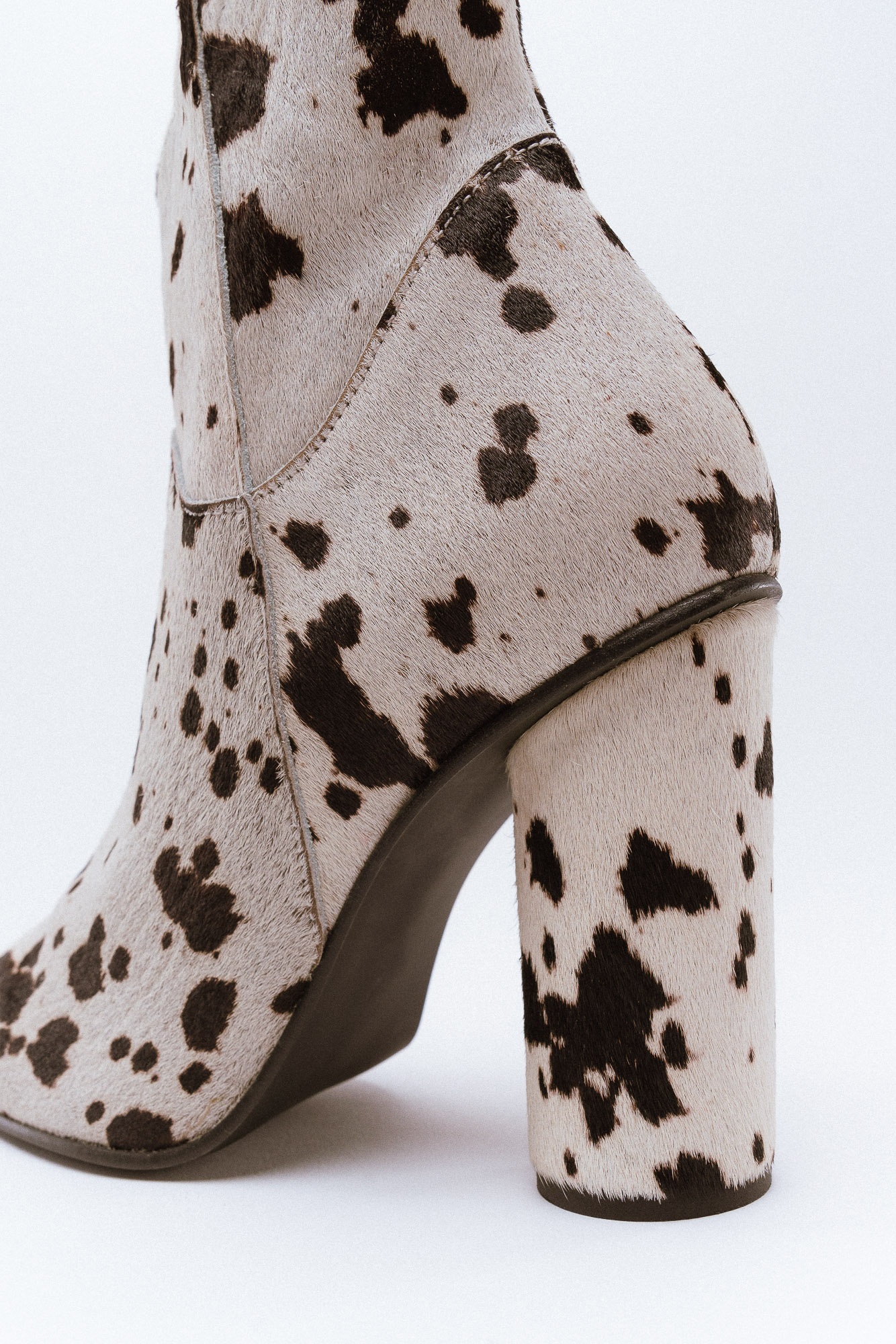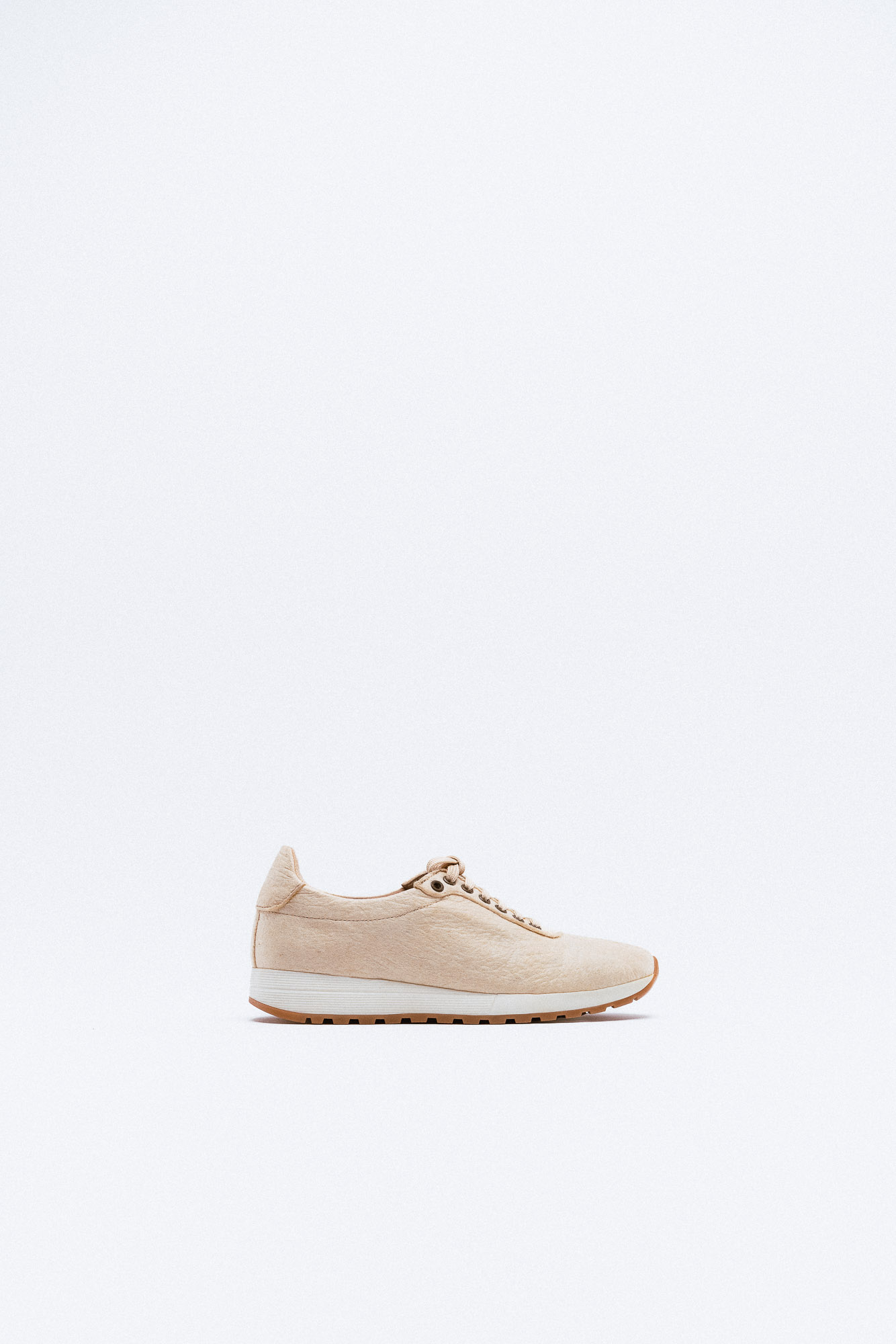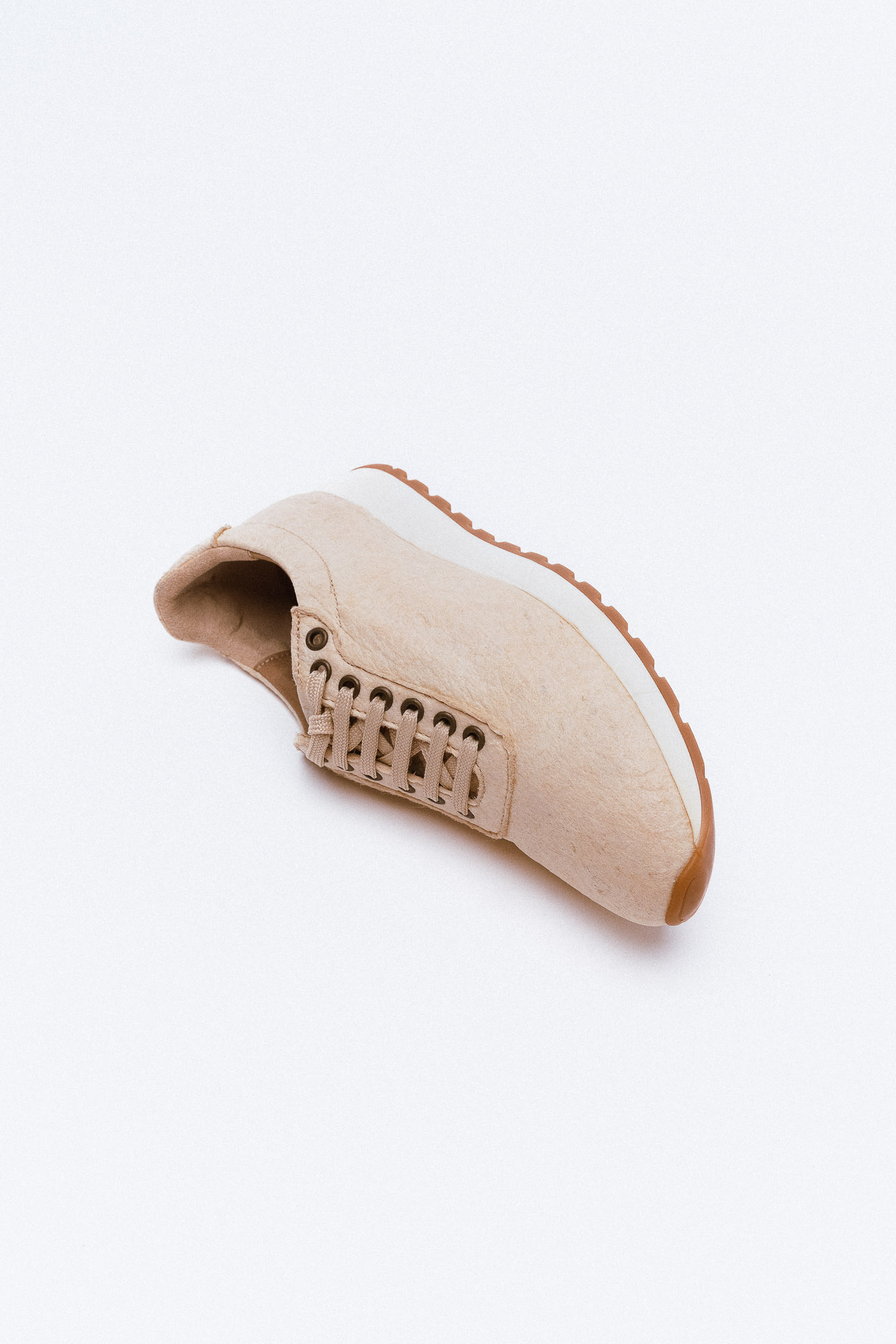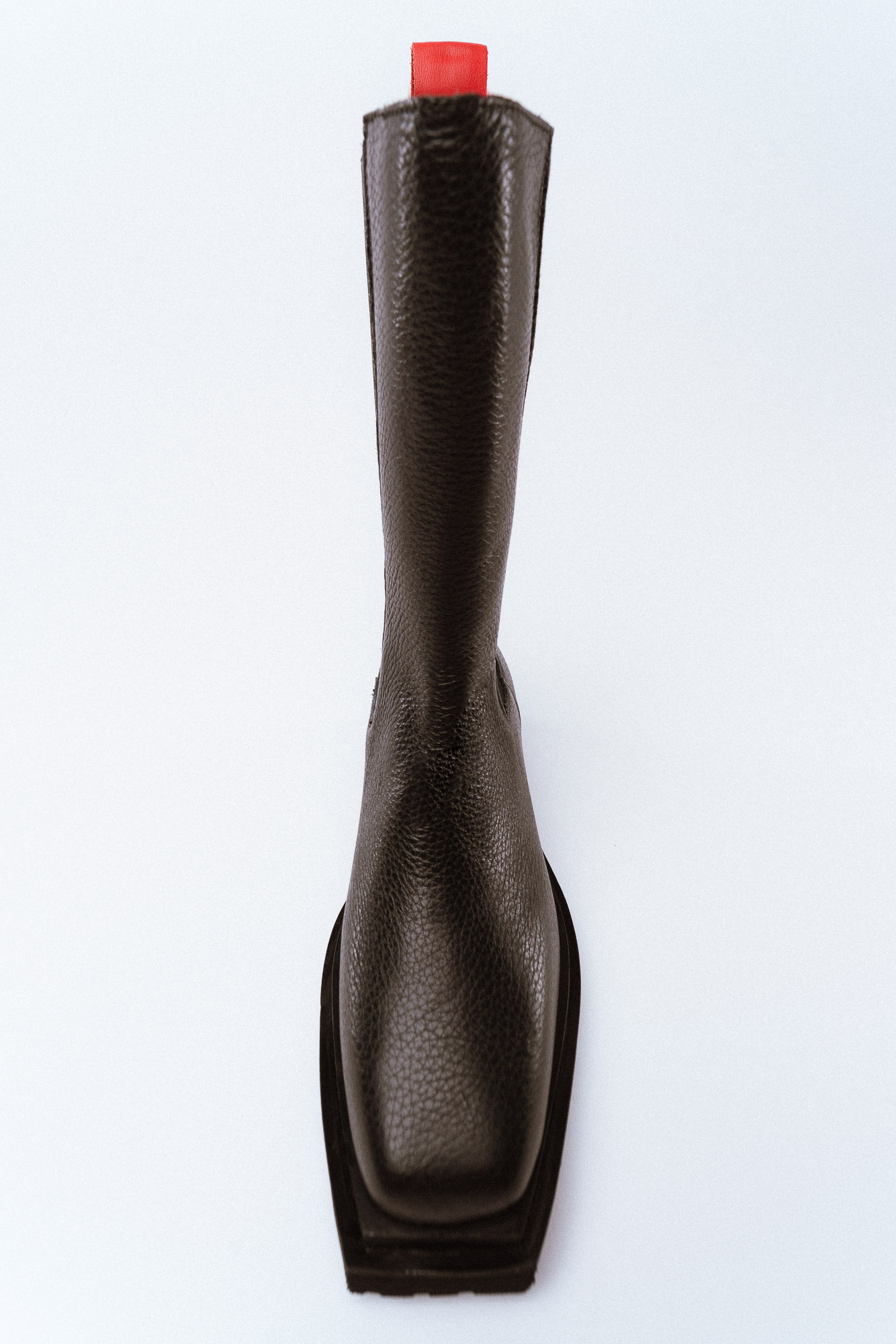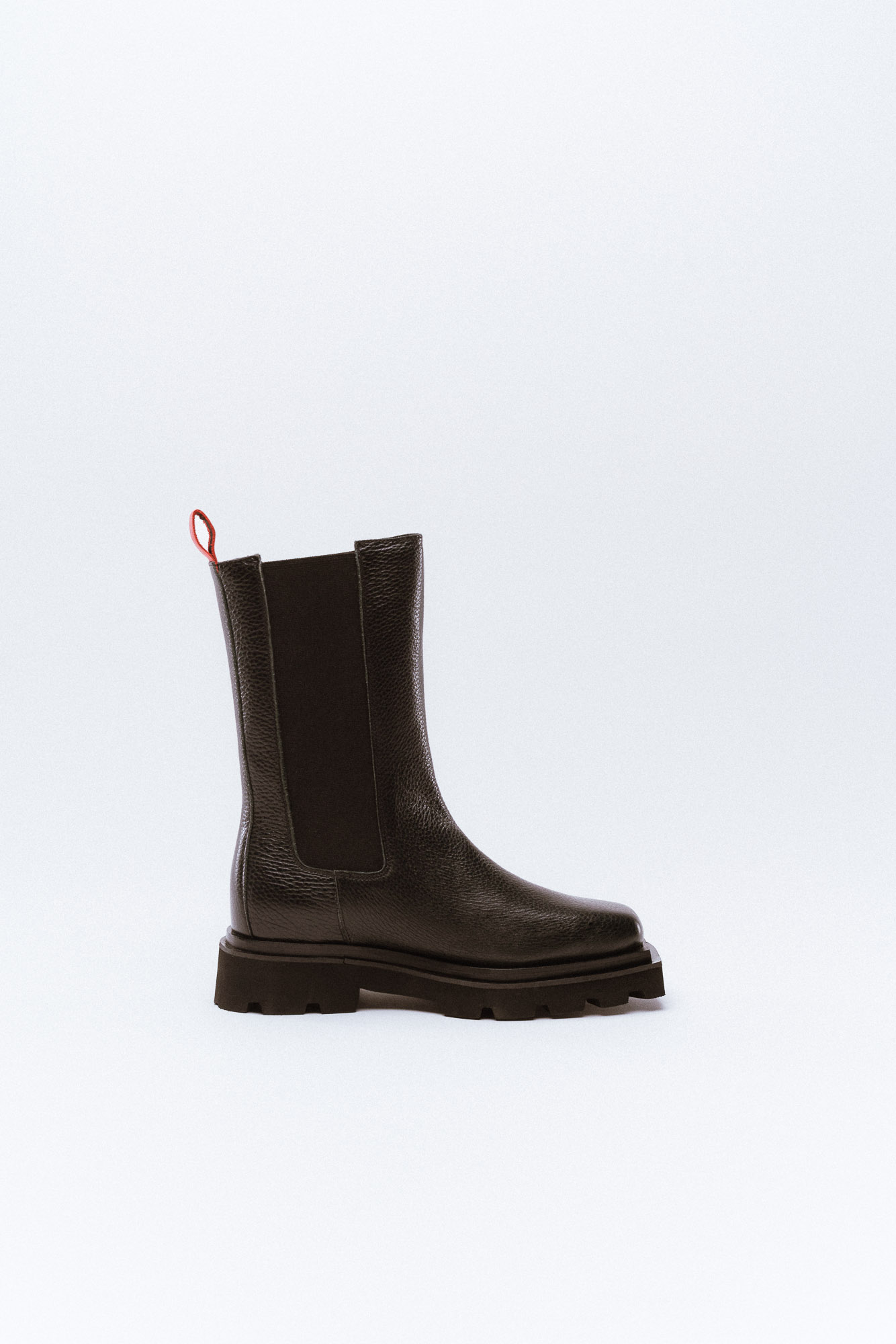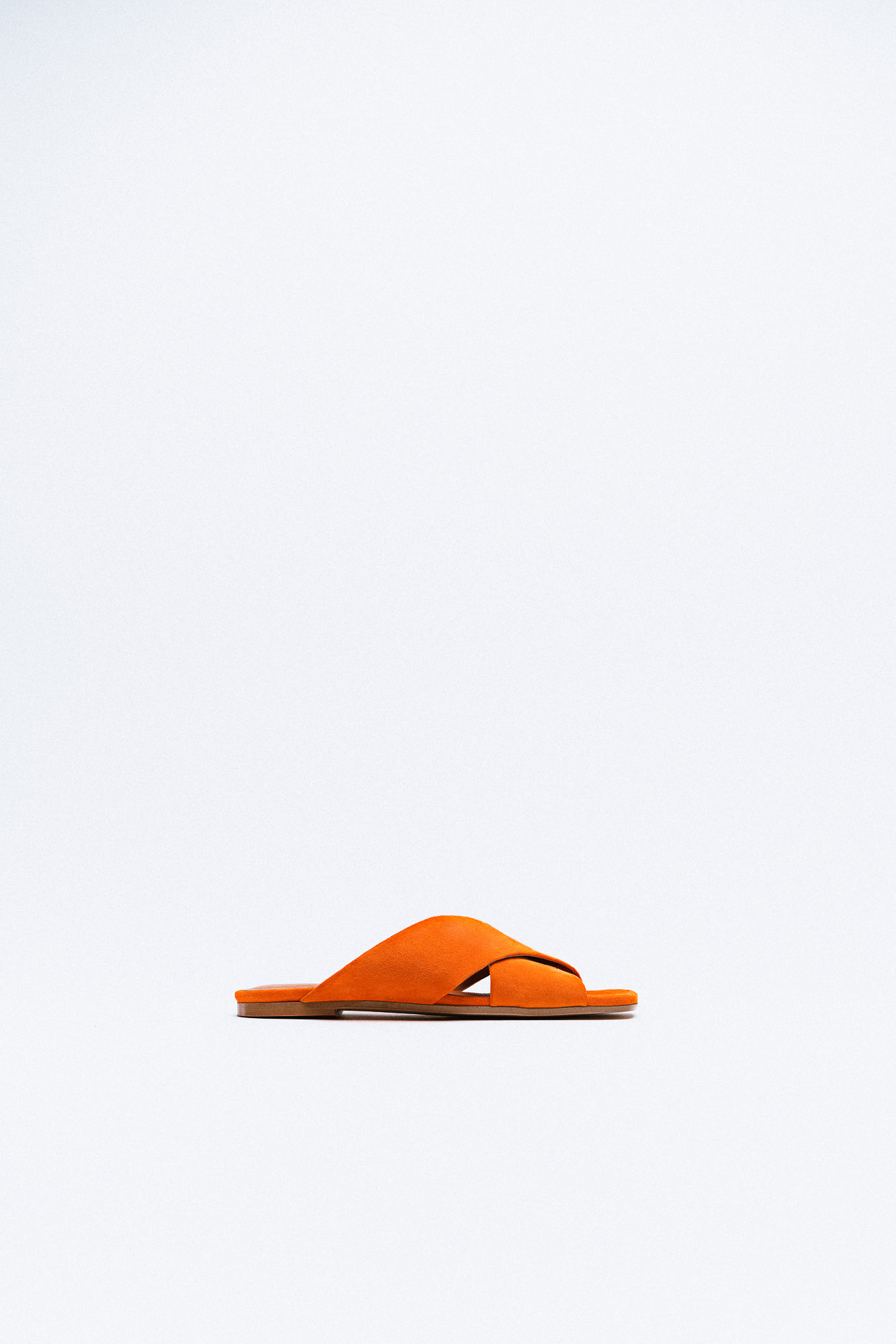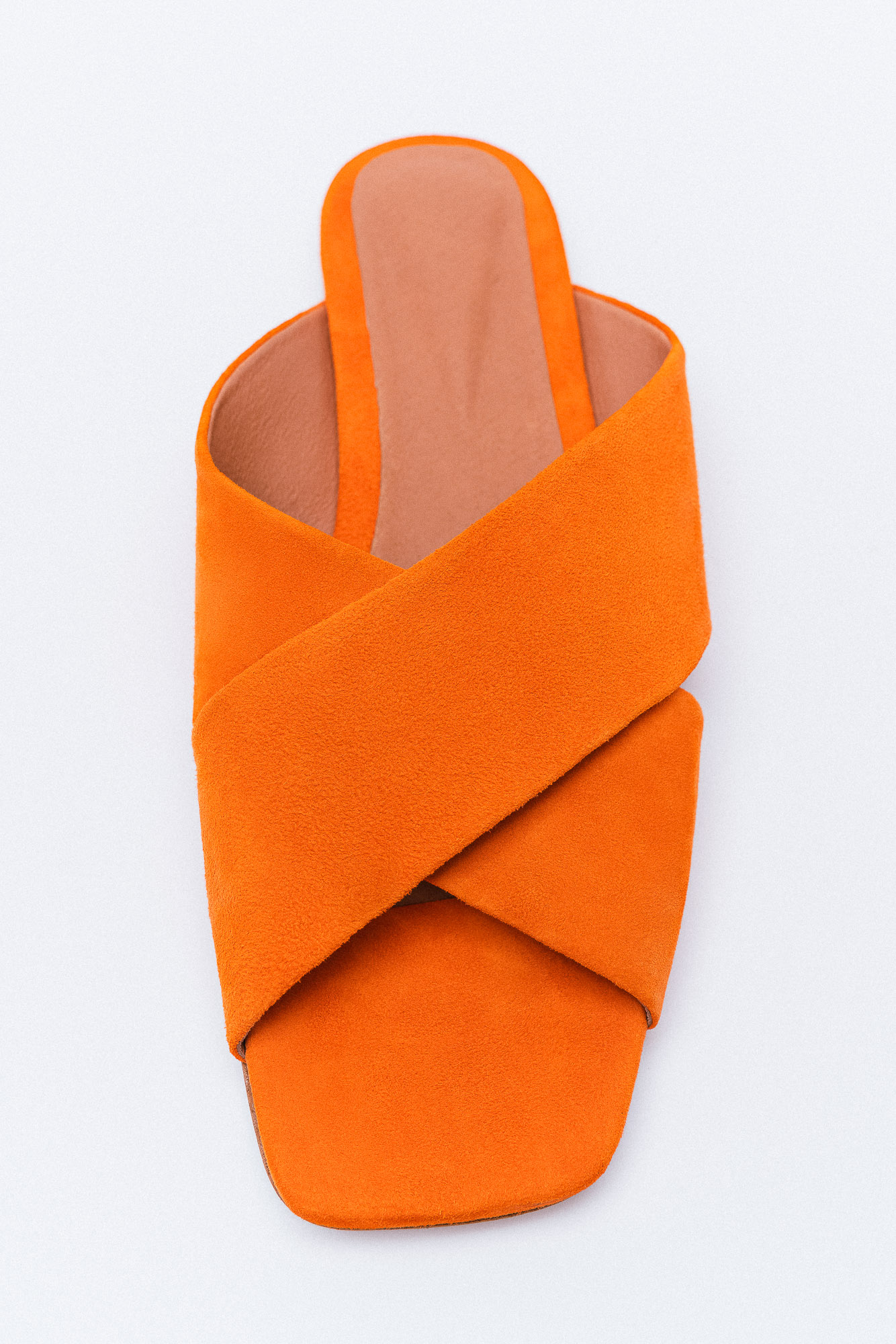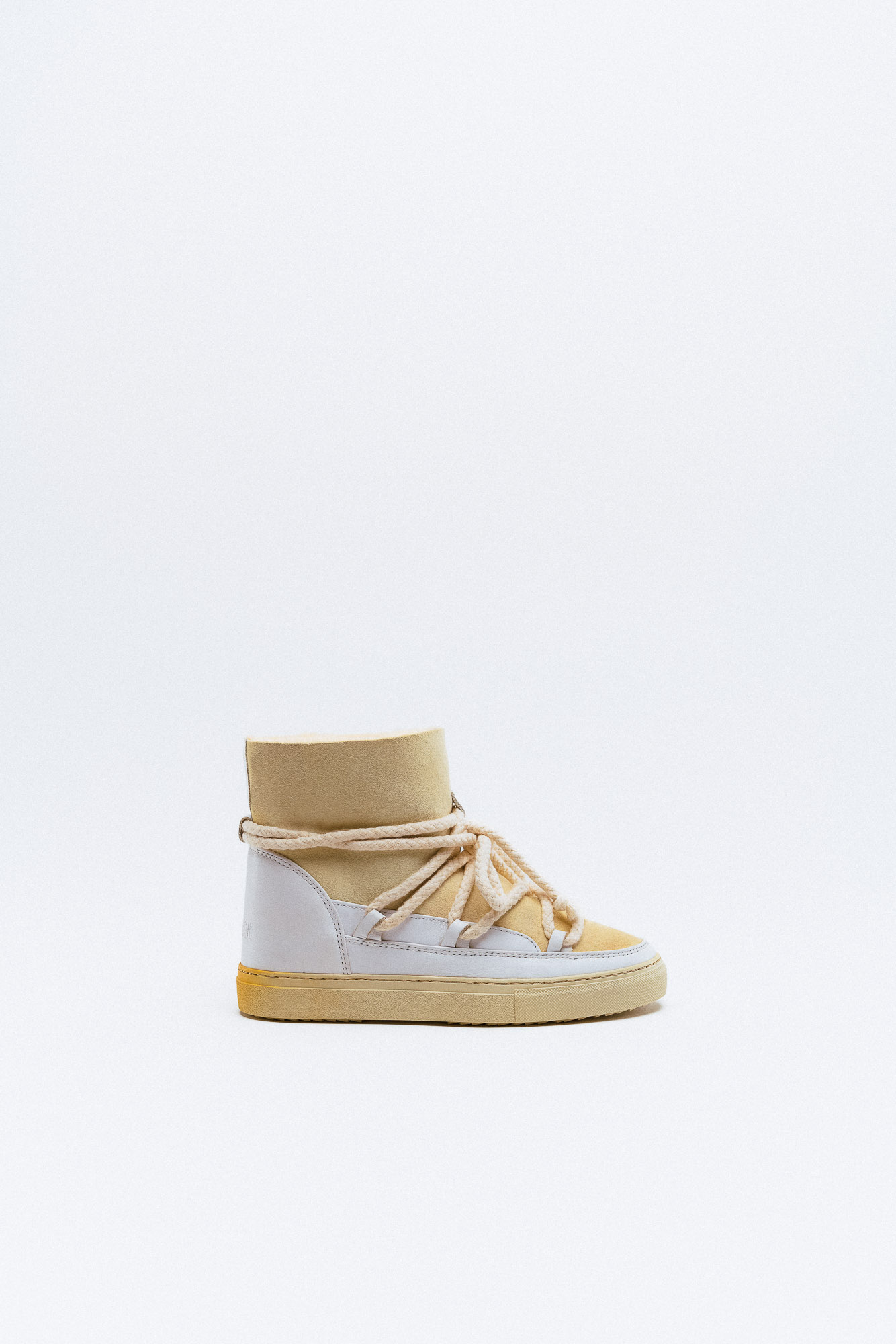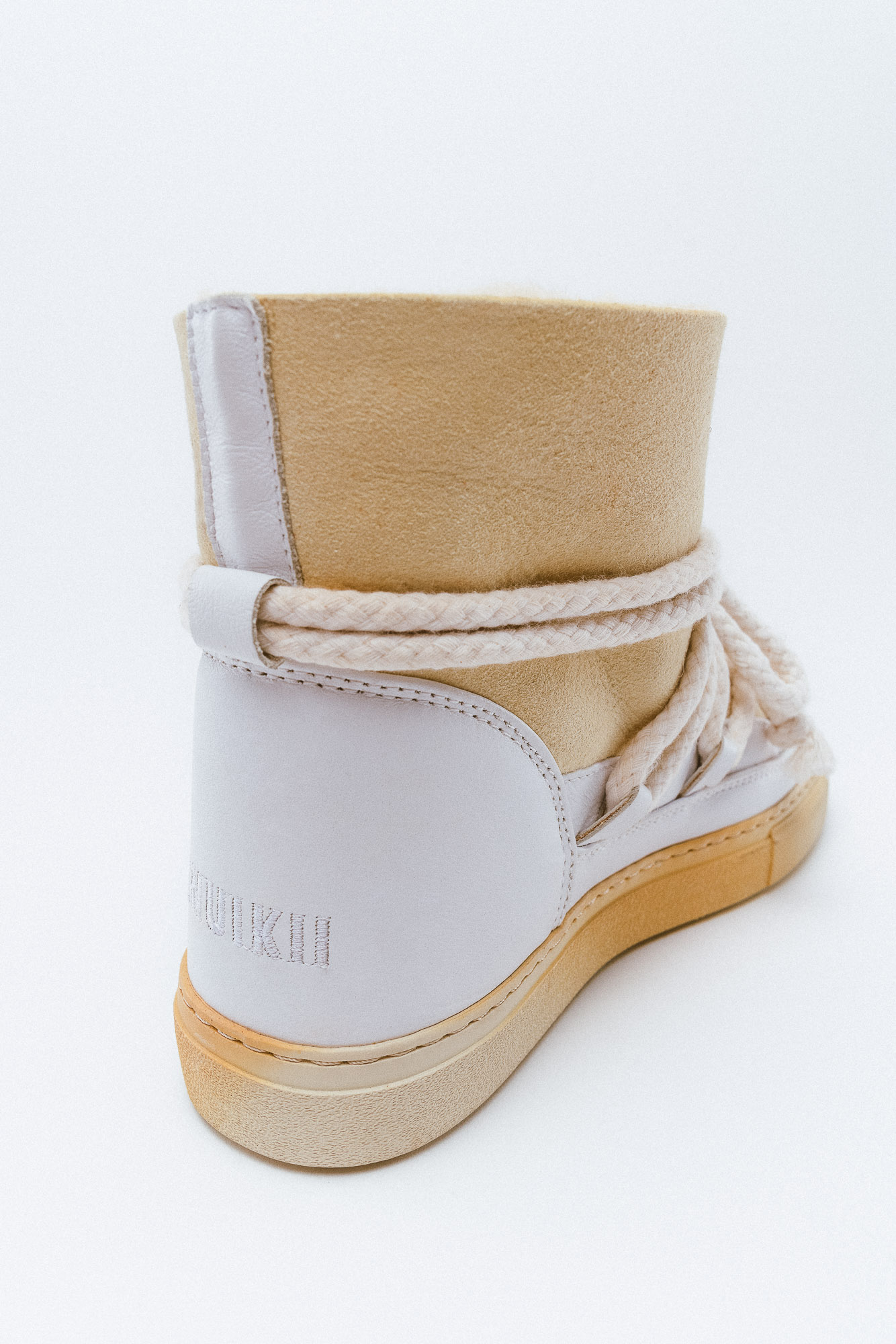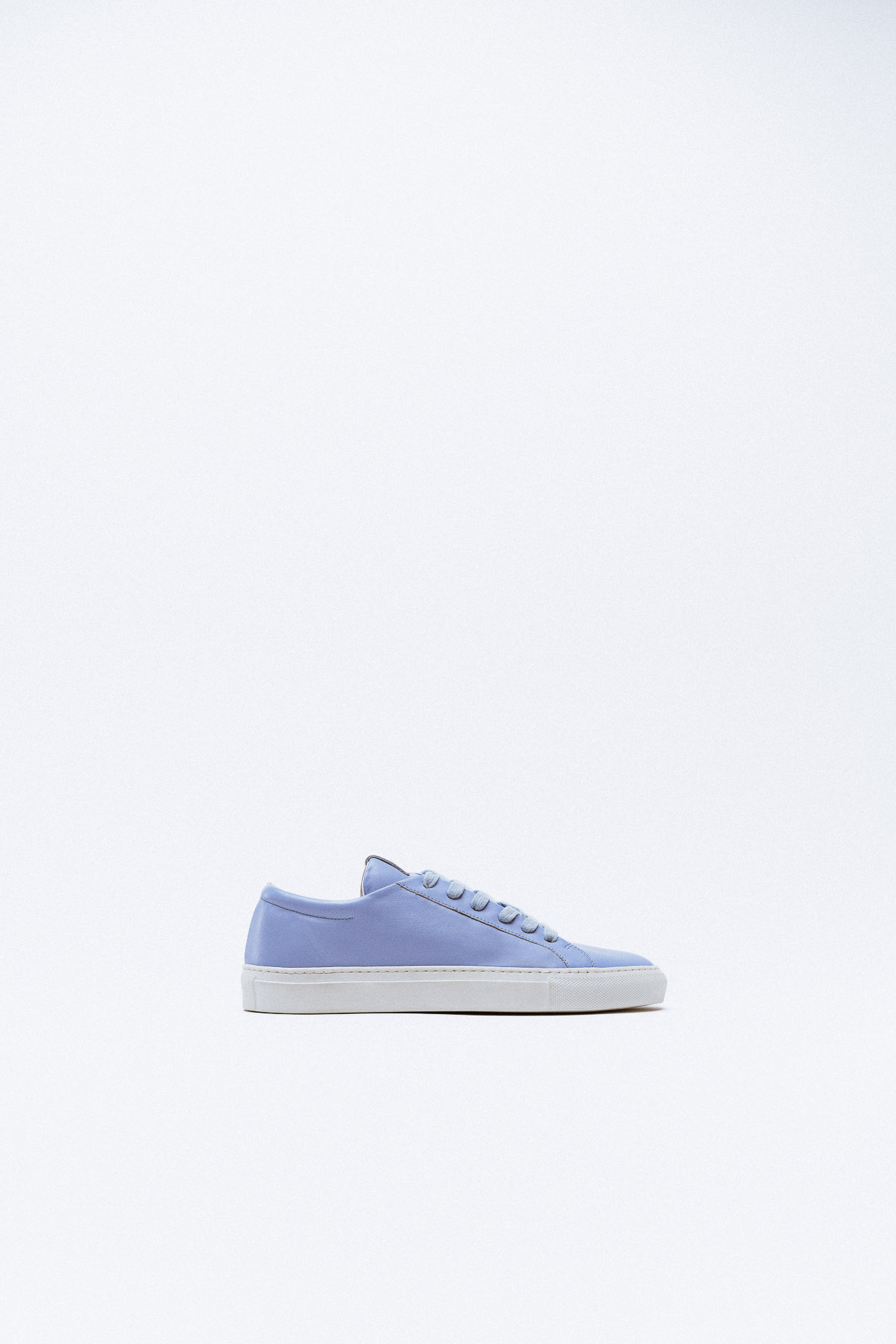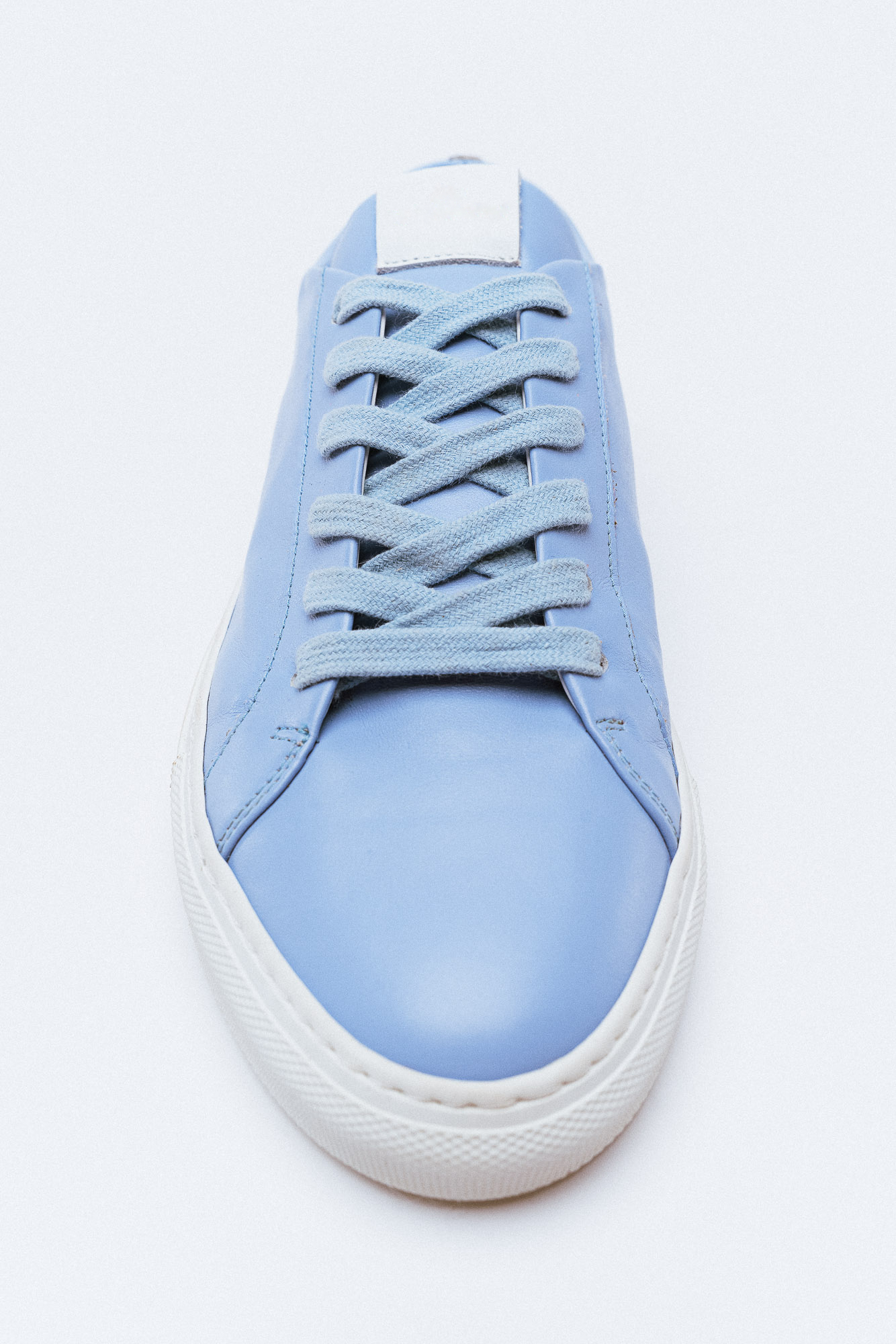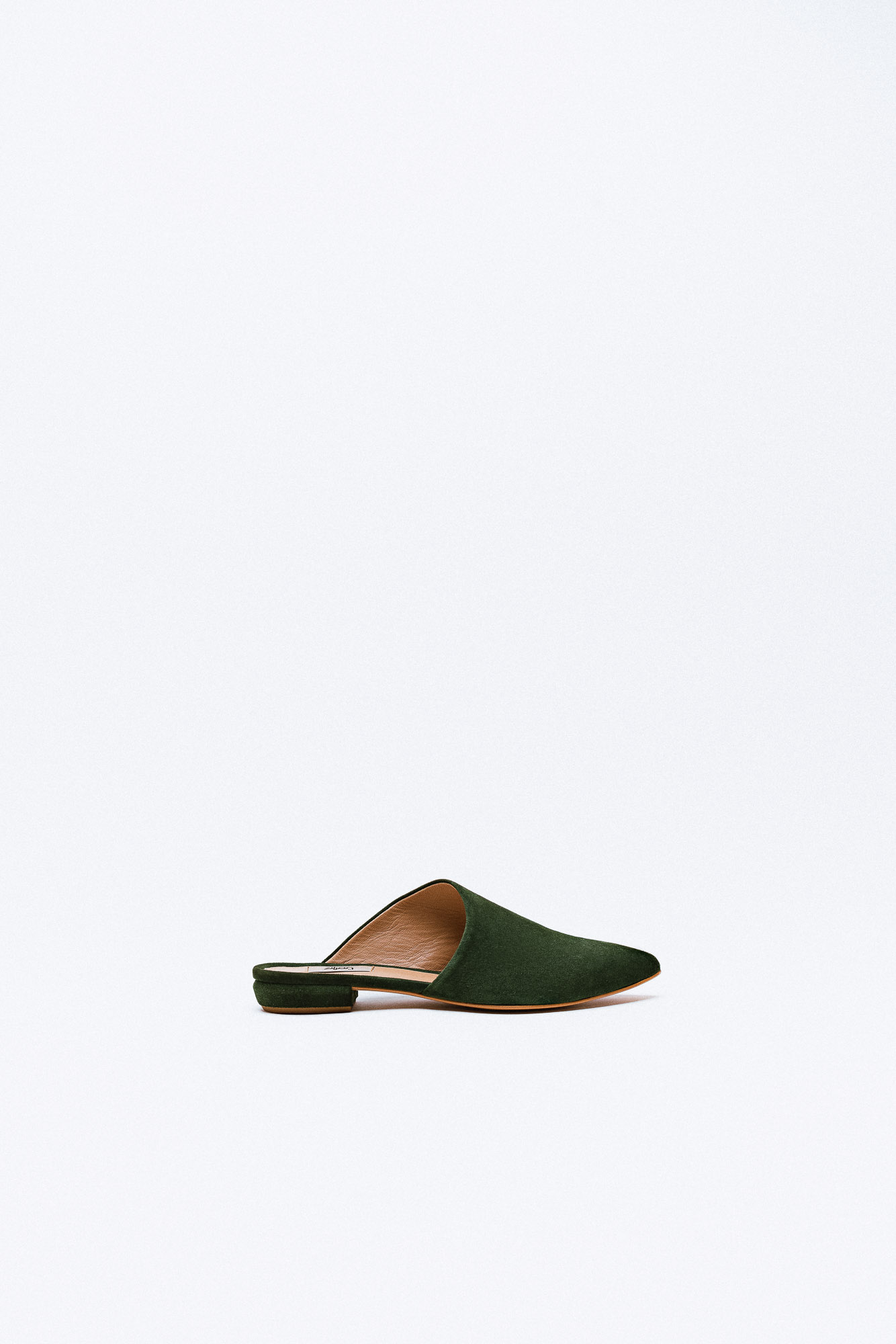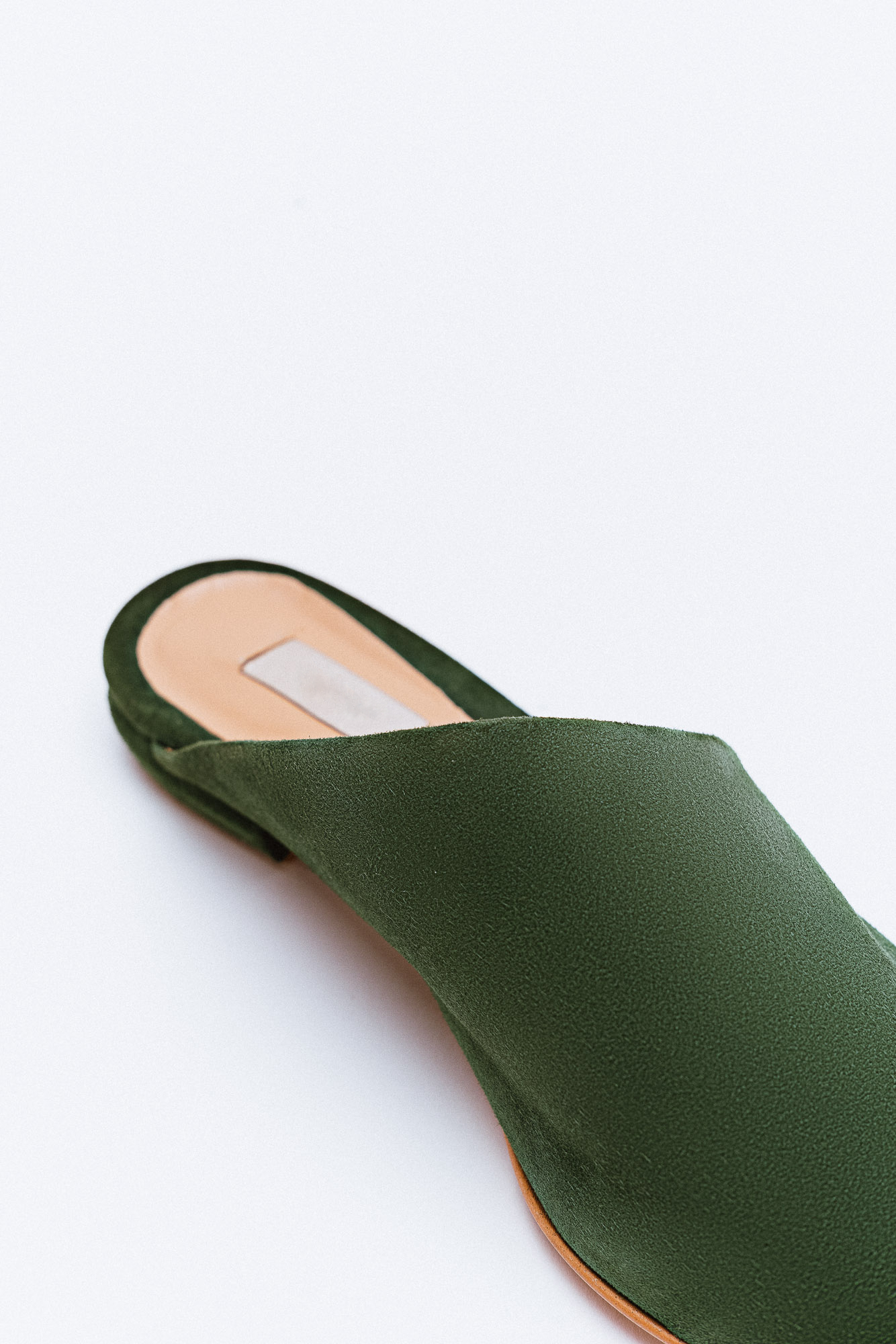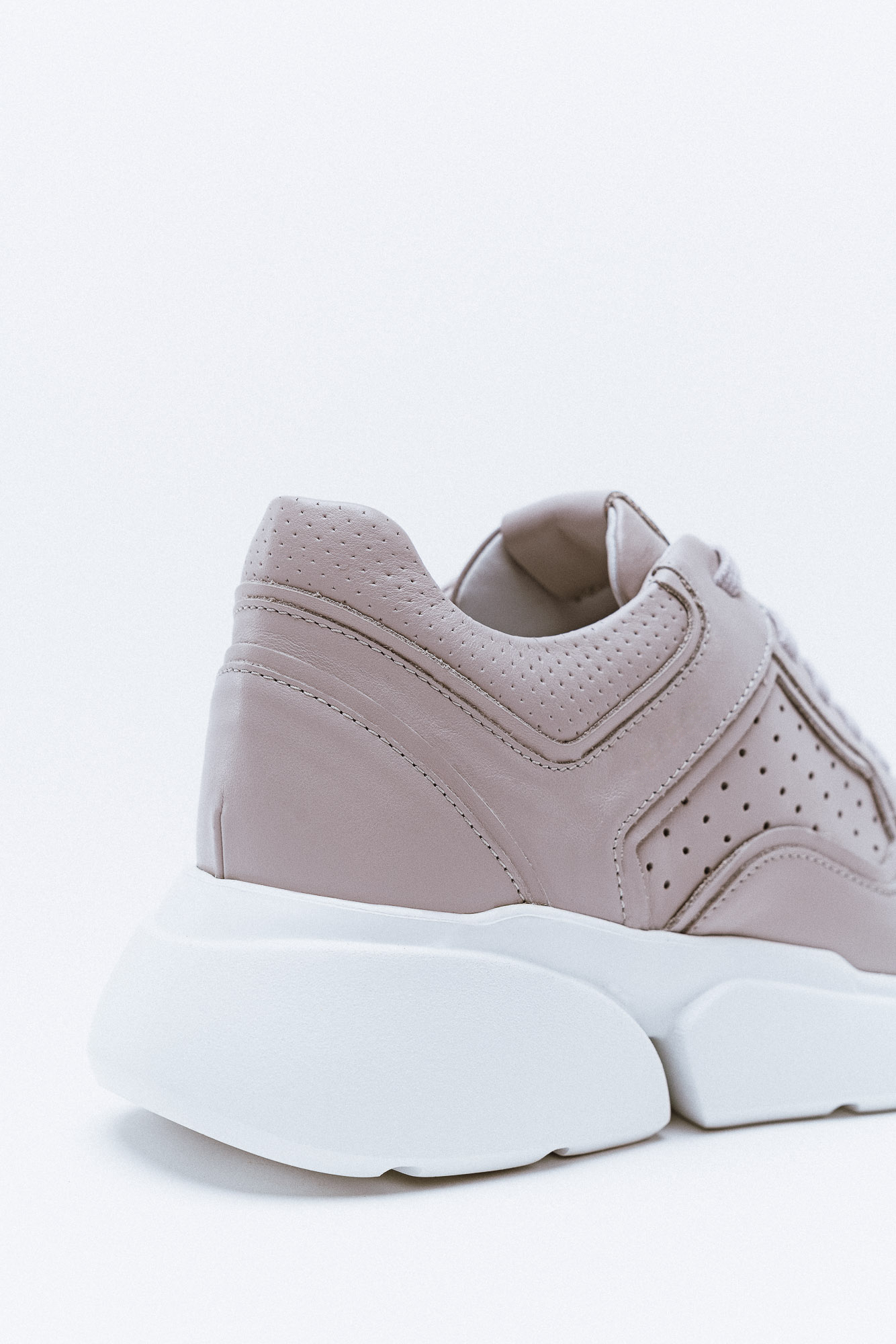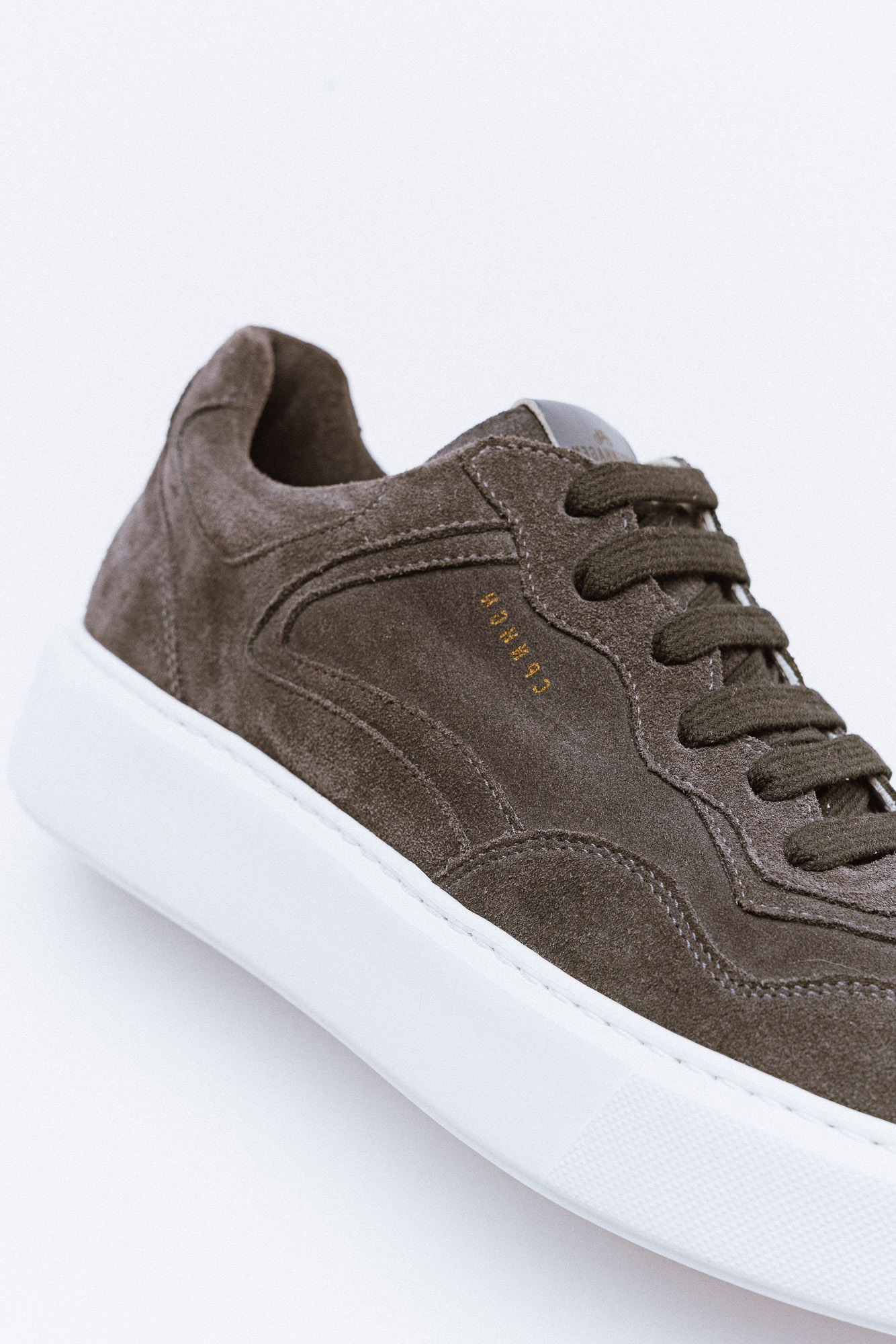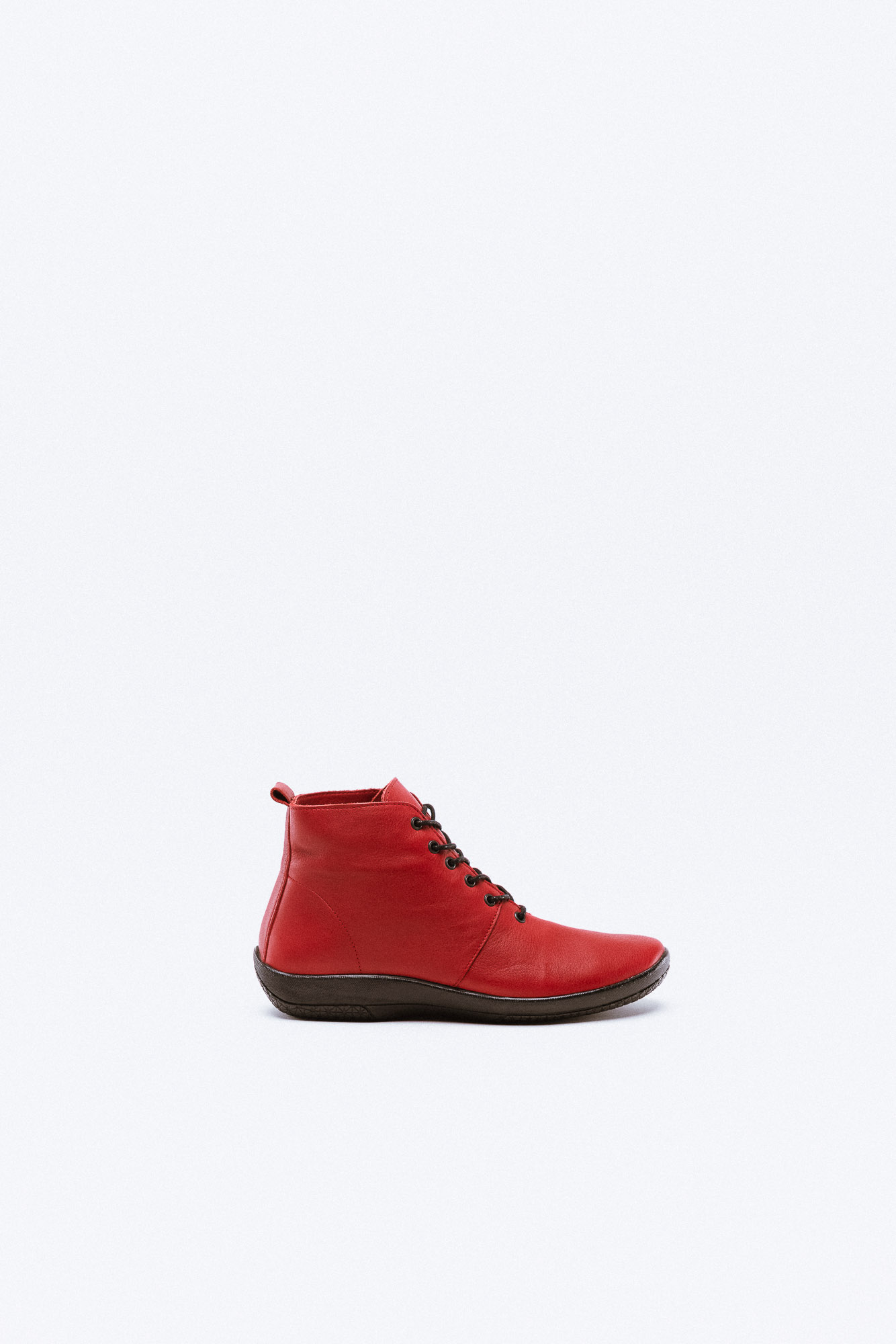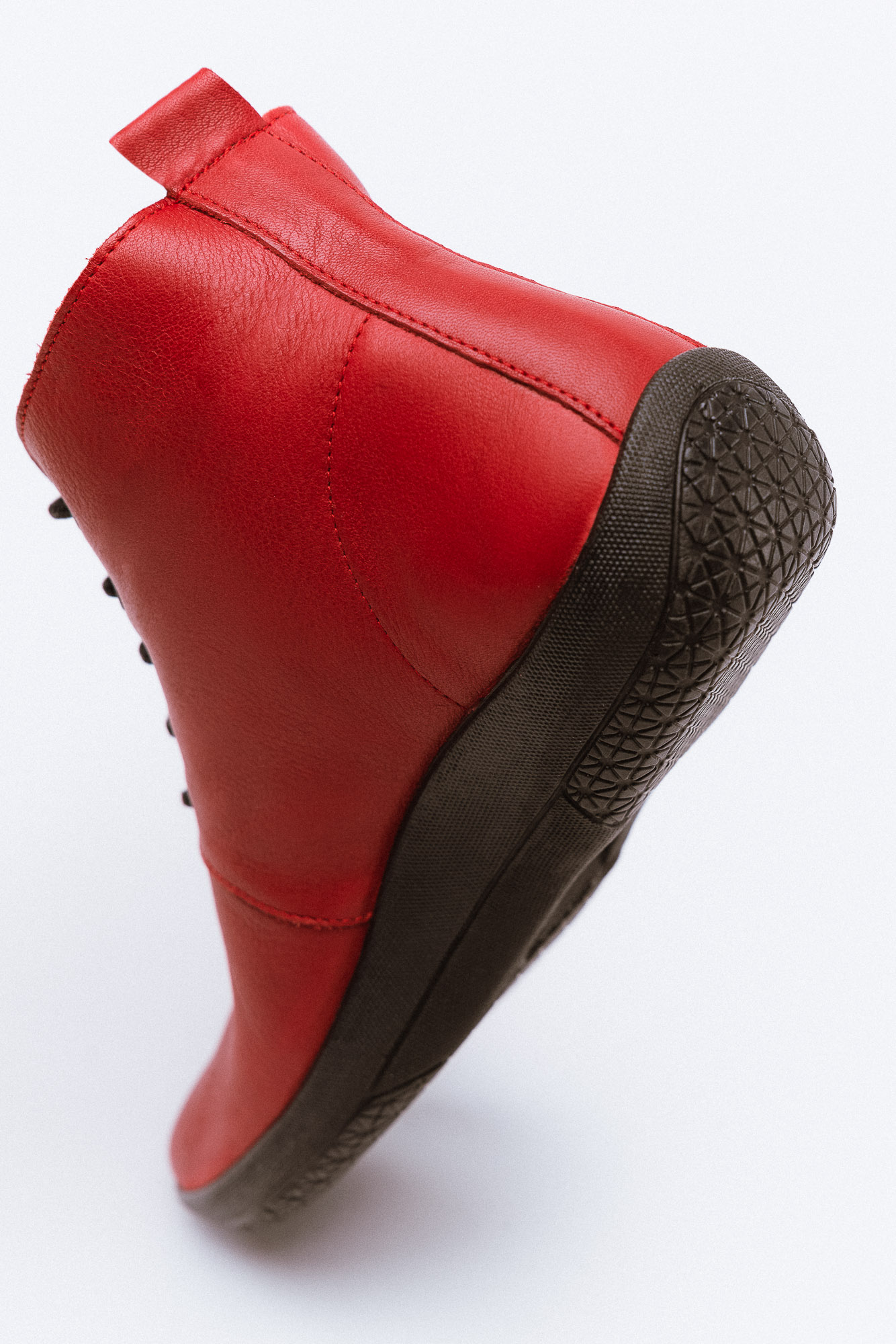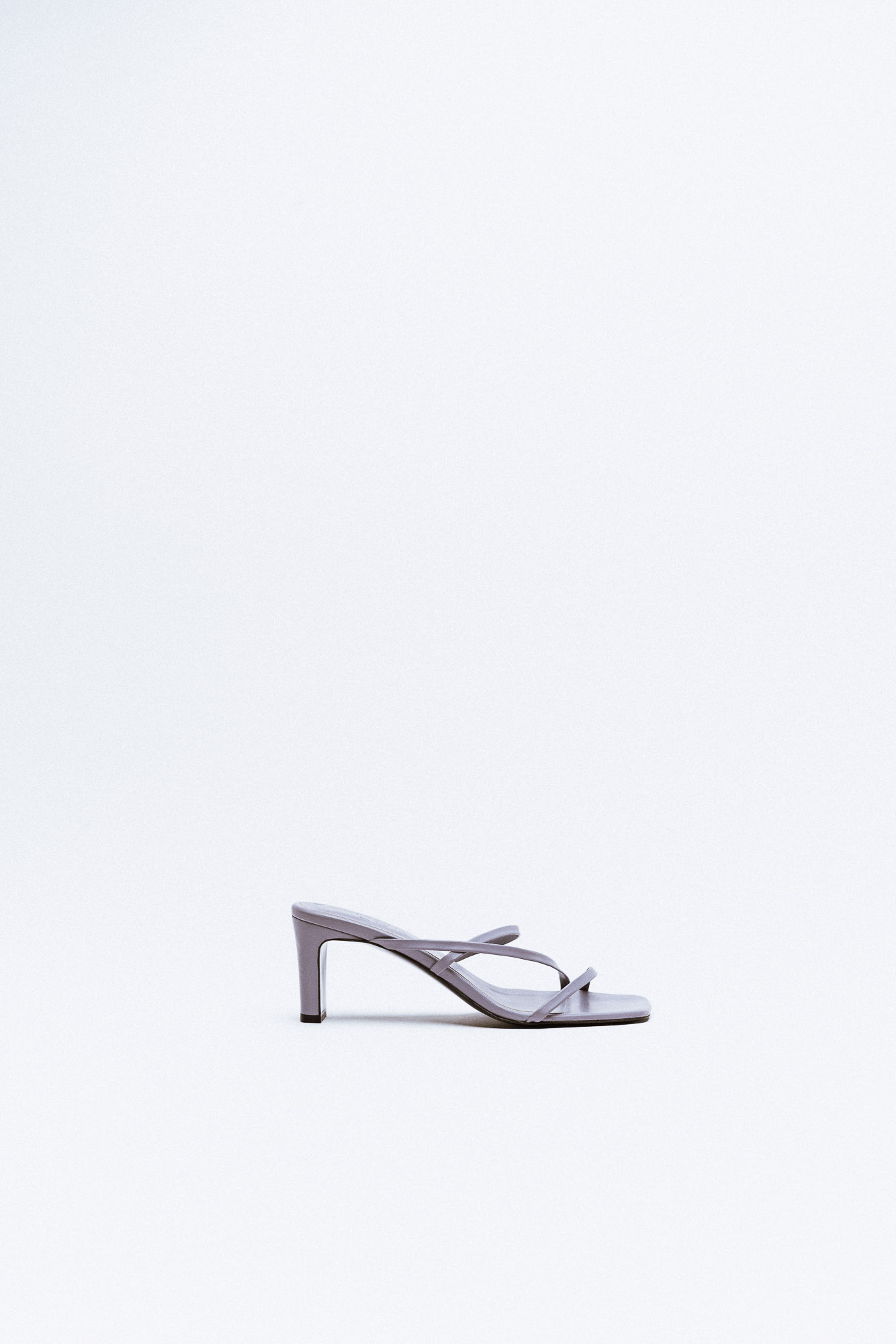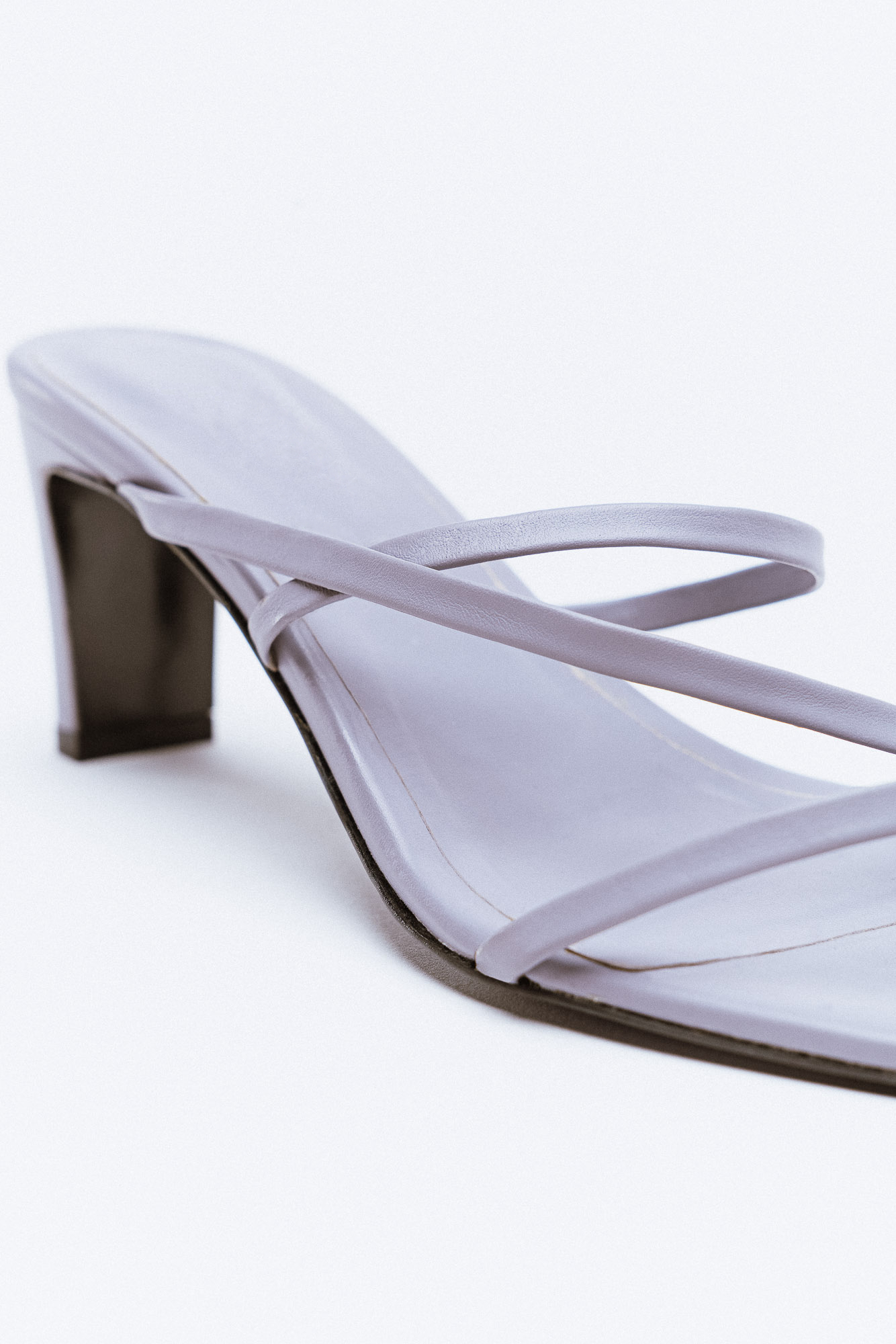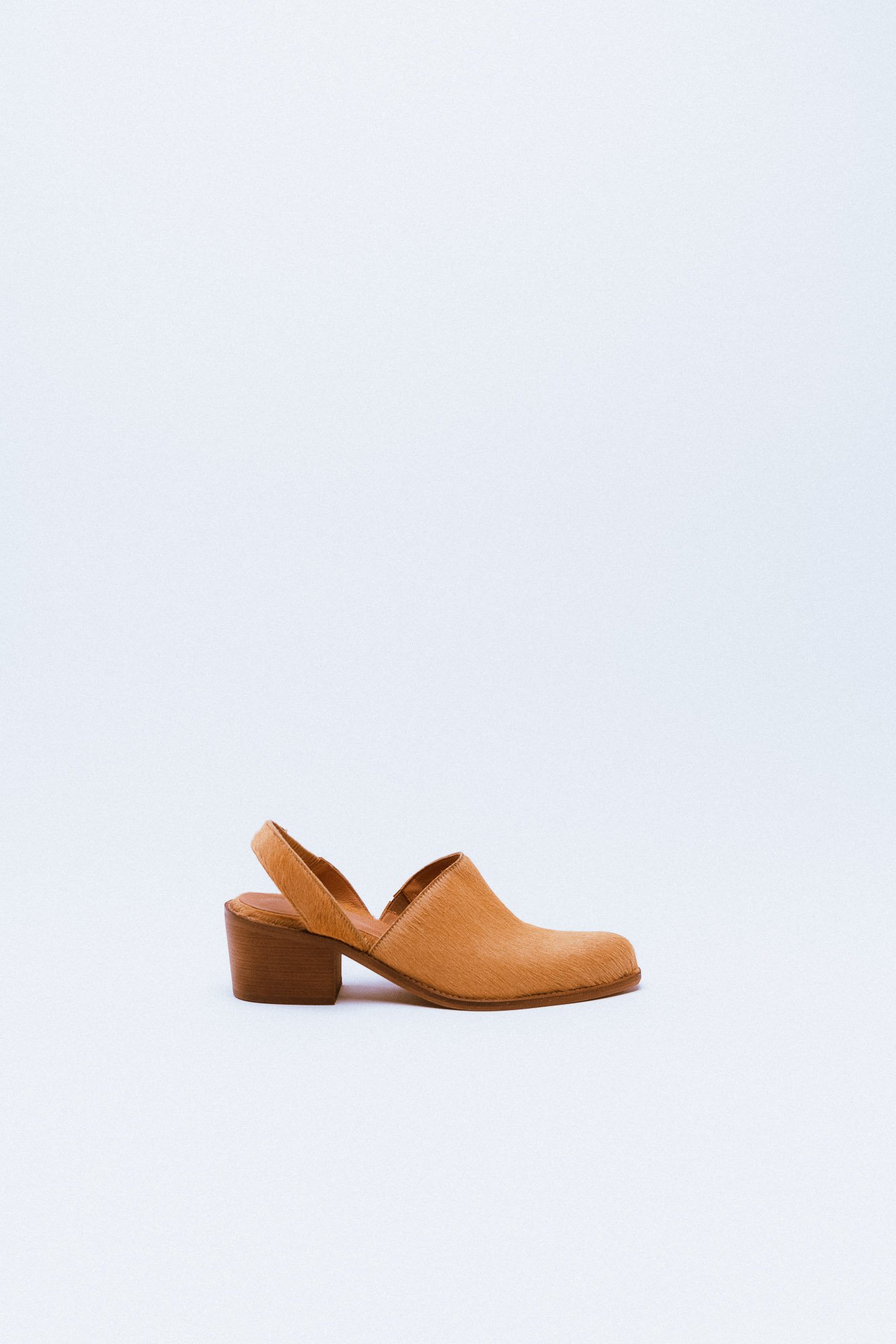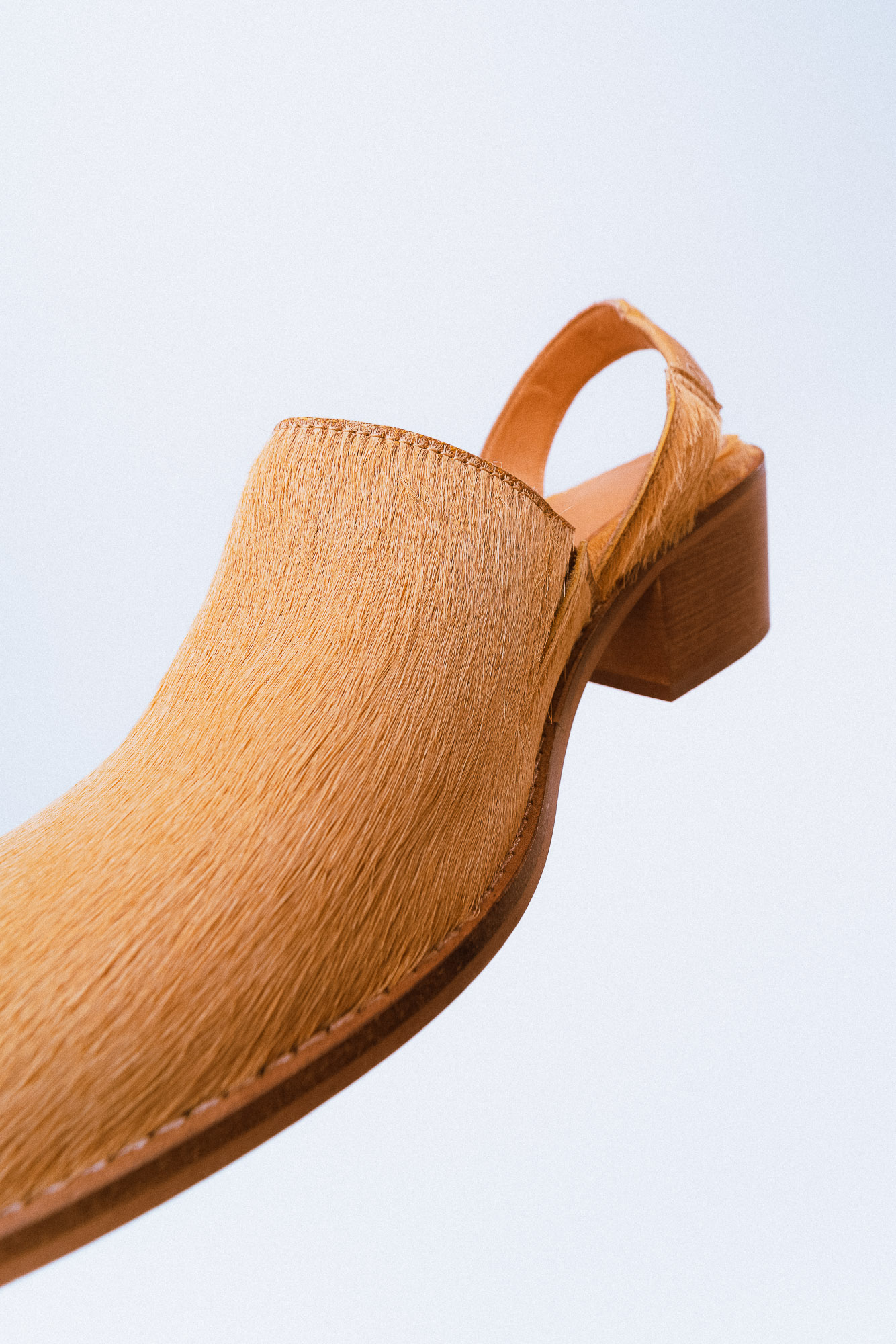Nowadays Sustainability is a topic that people and brands are more and more aware of, specially among the Fashion Industry. However the concerns are not enough to borrow and combat all the habits and the scary numbers! Take a look to these examples:
Did you know that 17% to 20% of the world’s water pollution is caused by the textile industry?
Do you know what 285 showers represent? This is the equivalent of the volume of water needed to manufacture a pair of jeans, an average of 9,000 liters.
Did you know that we wear our clothes an average of 10 times before discarding them?
Did you know that 500,000 tonnes of plastic micro-particles are released into the world’s oceans every year, the equivalent of 50 billion plastic bottles generated by the care of our synthetic clothes?
Did you know that the equivalent of a rubbish truck full of clothes is burned or dumped in a landfill every second?
Furthermore, did you know that 12 kilos is the average weight of new textiles that a European adult buys in a year?
These figures reflect mass consumption and production in the textile industry. They show the urgent need to act, to consume less, but above all, better. What if it was now essential to respect our planet? What if it was time to focus more on being, doing and contributing rather than on having? Can the textile industry survive without reinventing itself?
So, let’s see how sustainable fashion can meet everyone’s needs by avoiding waste of resources, adapting to climate change and ensuring that future generations can do the same.
Slow Fashion
It is a question of rethinking the sector’s business model. Hyper localism, relocation of production, cleaner manufacturing, technological advances that will transform the way we wake clothes, and a revision of our consumption habits.
Education
Education is the key to changing the mindset of young people and promoting responsible consumption.
Forced Awareness Of Major Players
In 2019, it was the European Union that provided guidelines for the implementation of the circular economy, many of which guided the AGEC law (Anti-Gaspillage Law for the Circular Economy). The AGEC law prohibits the destruction of unsold non-food items. It introduces new obligations in terms of: abandoning disposable plastic, taking action against waste, improving production, eliminating programmed obsolescence, better informing consumers and fighting illegal landfills.
Labels
They are presented as proof of social commitment. Labels are therefore good tools to prove transparency towards consumers, partners, suppliers, employees…
The use of digital and new technologies in the fashion industry
Research and development supports the development of new intelligent materials.
3D printing could also revolutionize the fashion industry by allowing clothes to be produced to our exact measurements (prototyping).
The textile industry has many opportunities to change, so go go go! Things have to change!
Our Role In The Fashion Industry
As an agency operating in the fashion industry our role is to be aware of the currently changes of the industry and offer sustainable options for the ethical brands that want to place their production in Portugal and work with us in order to create their own collections.
We are waiting for you to place your production in Portugal and to build your journey with us.
So, know more about the fashion industry and how we can help you right here:



